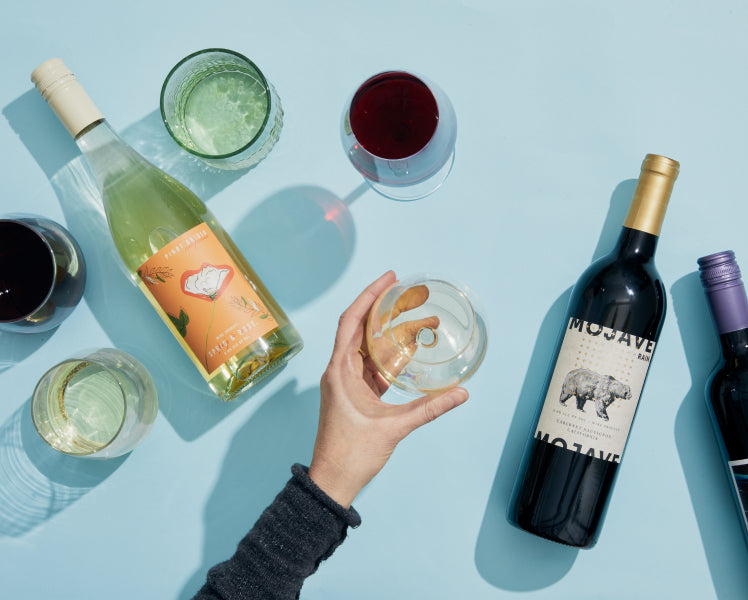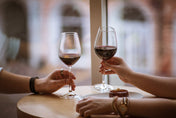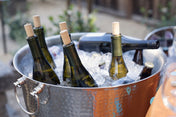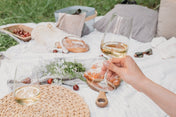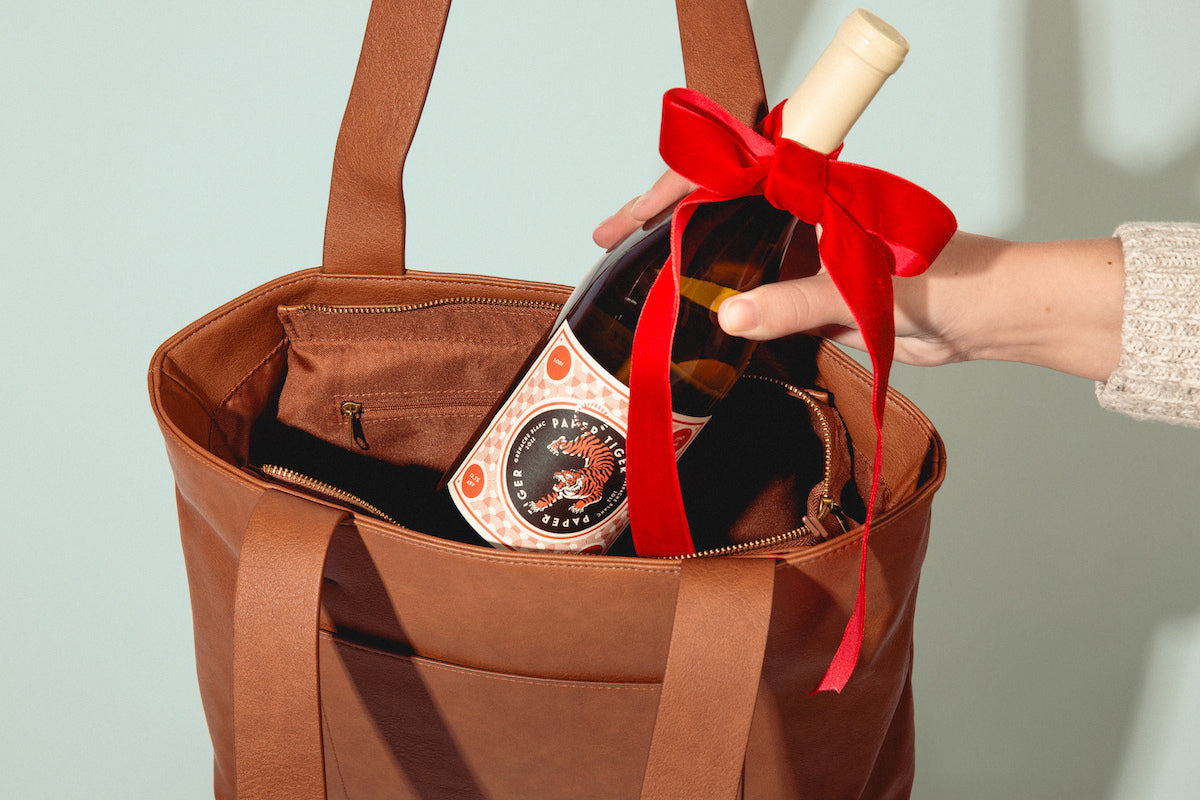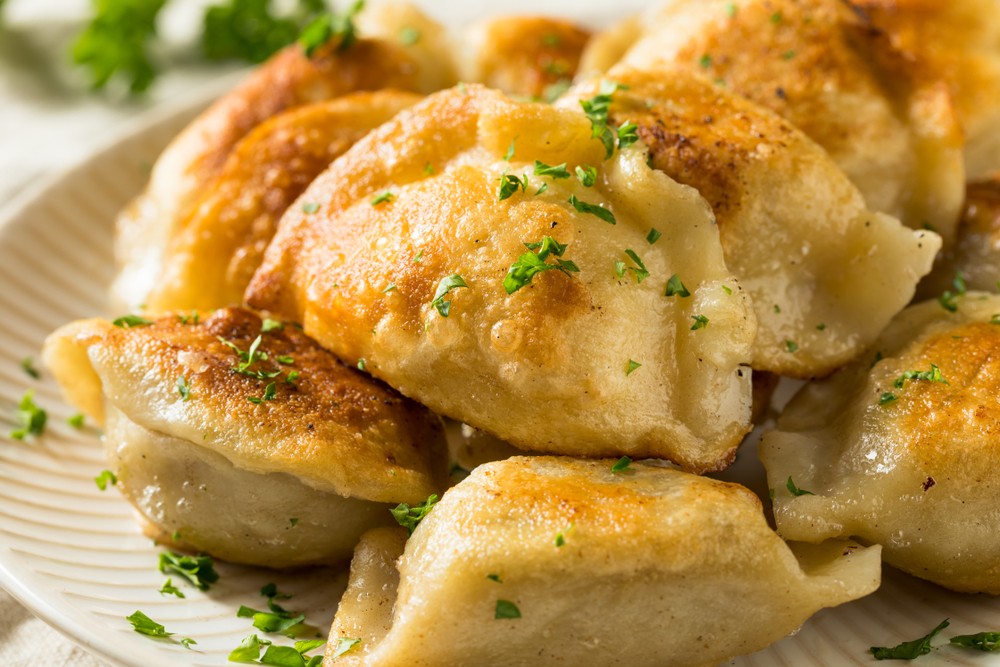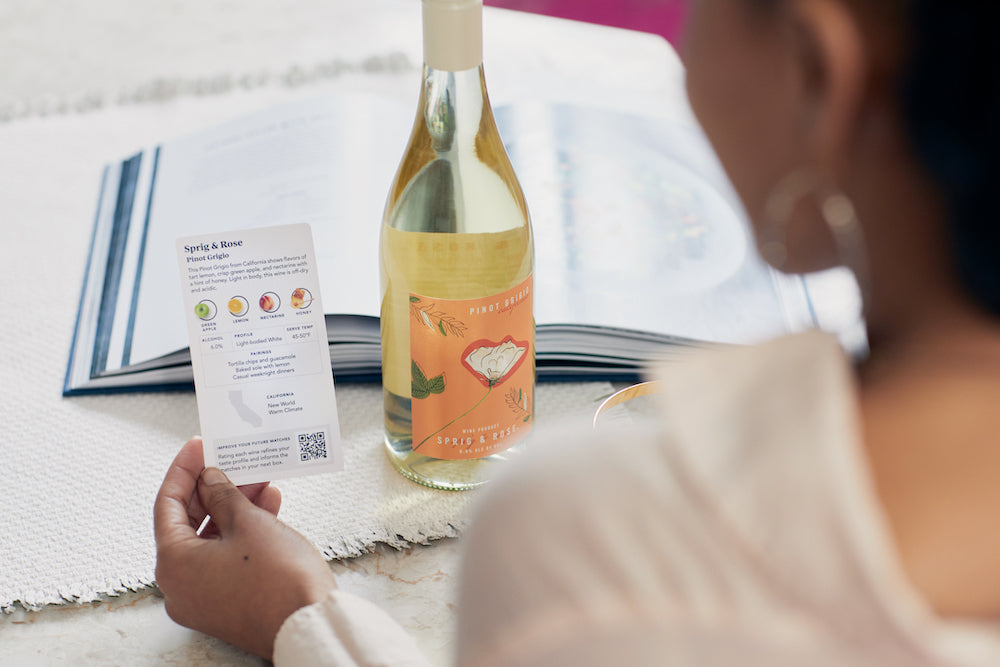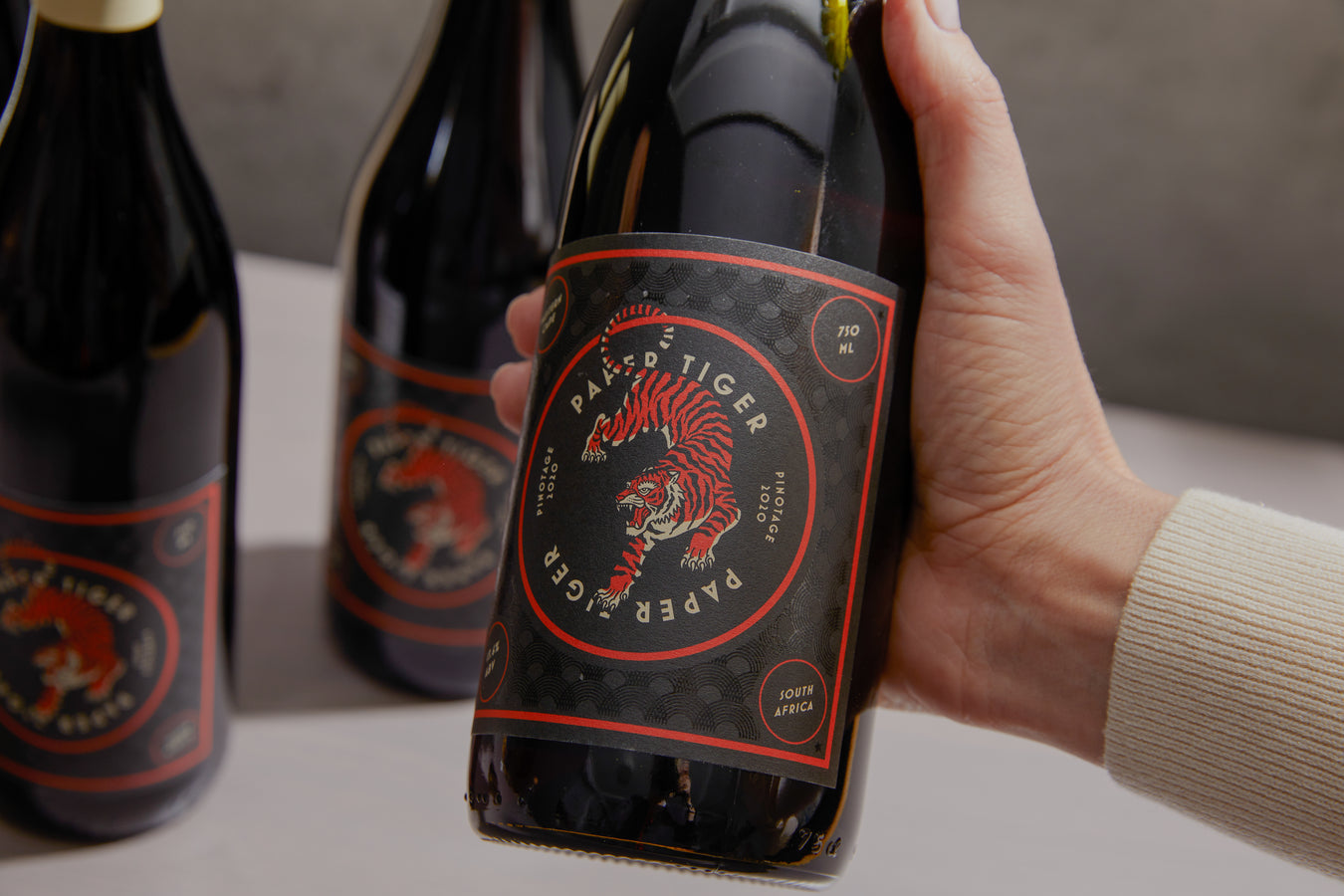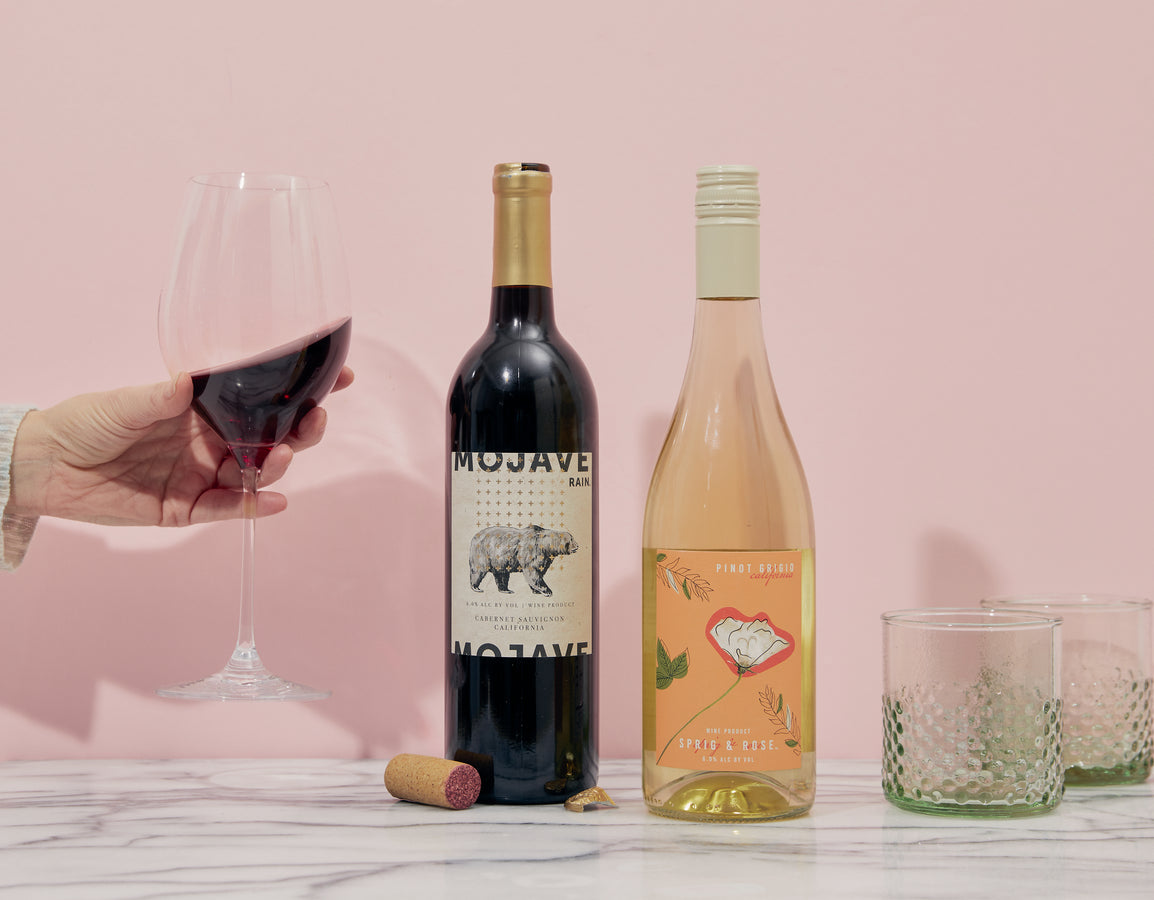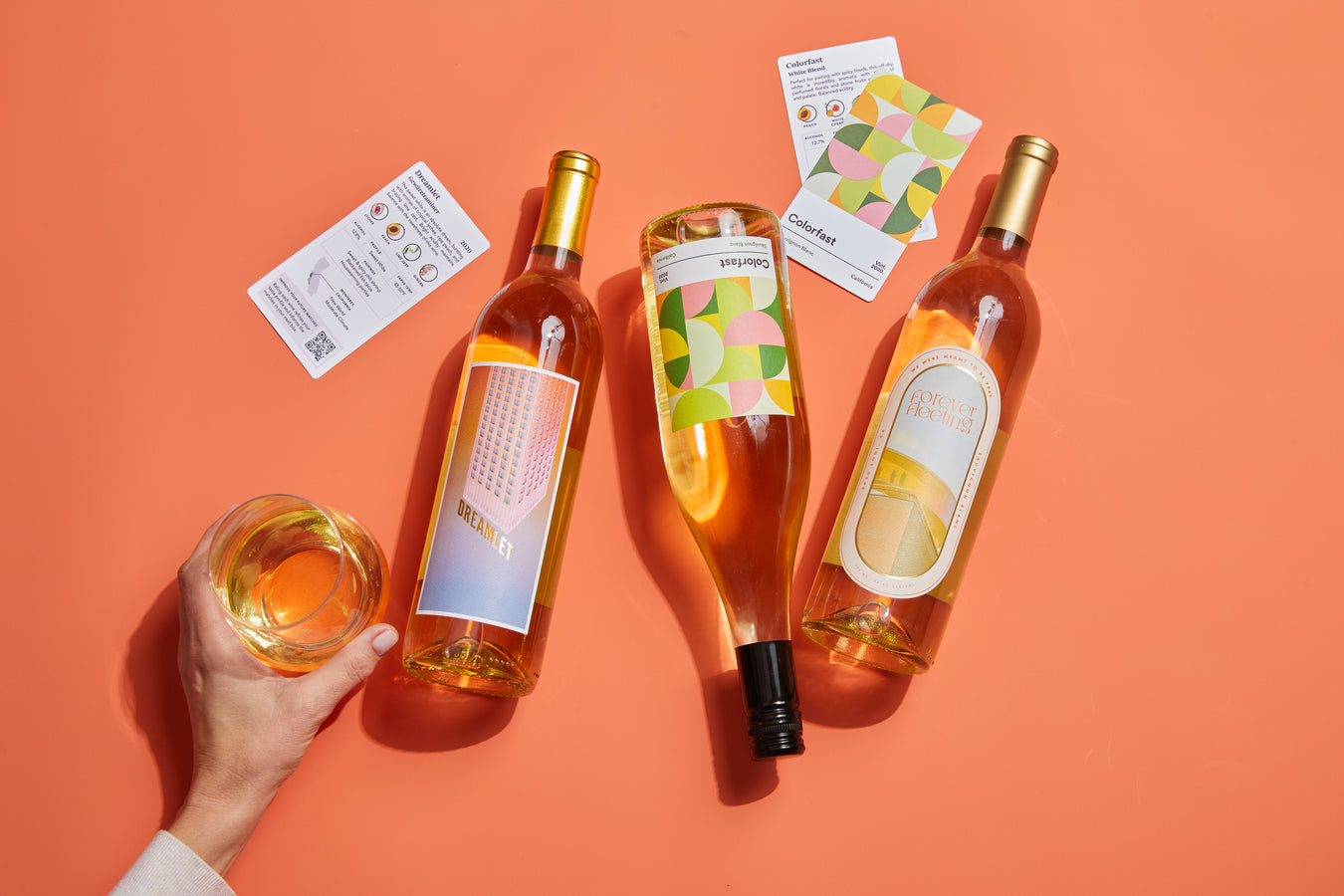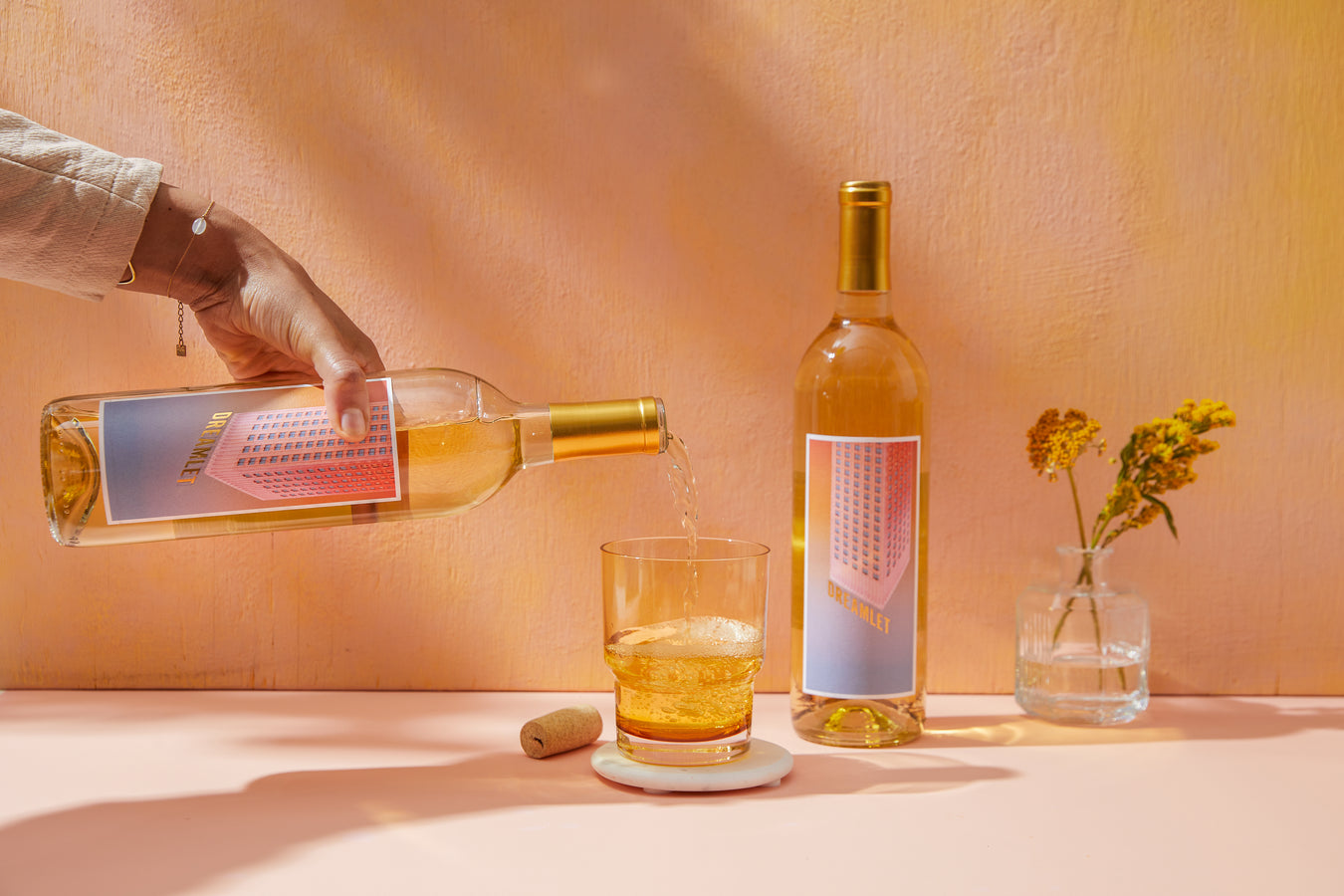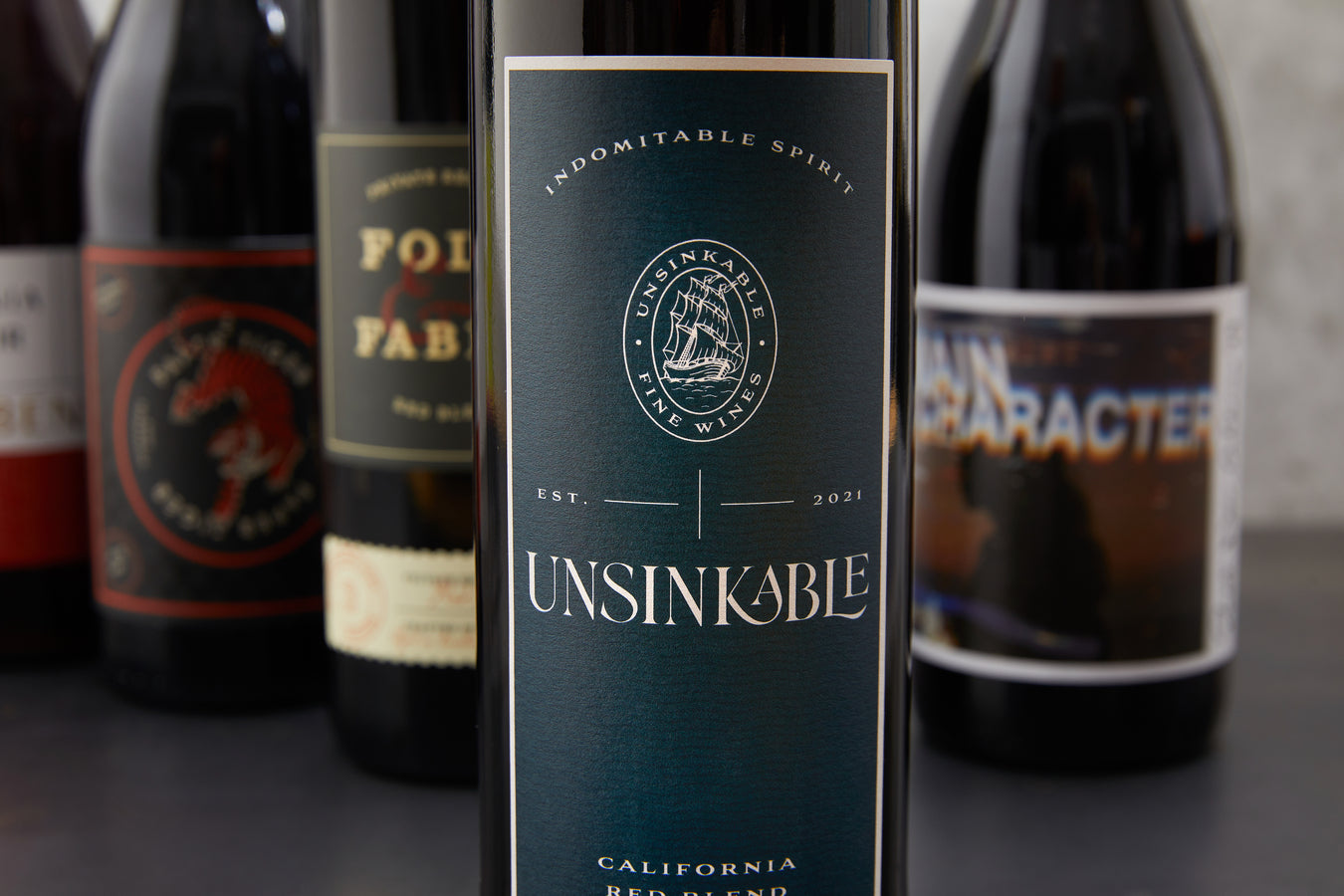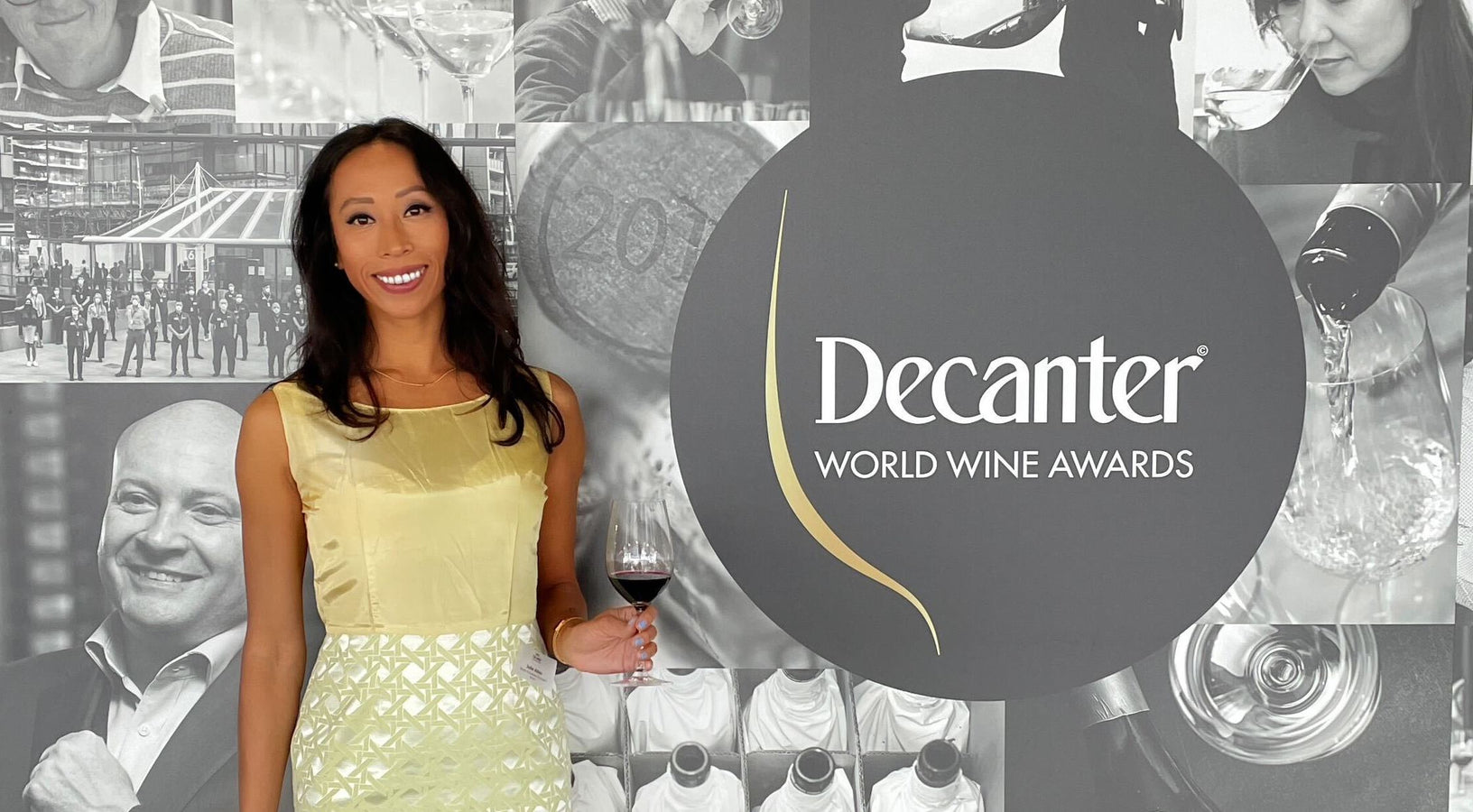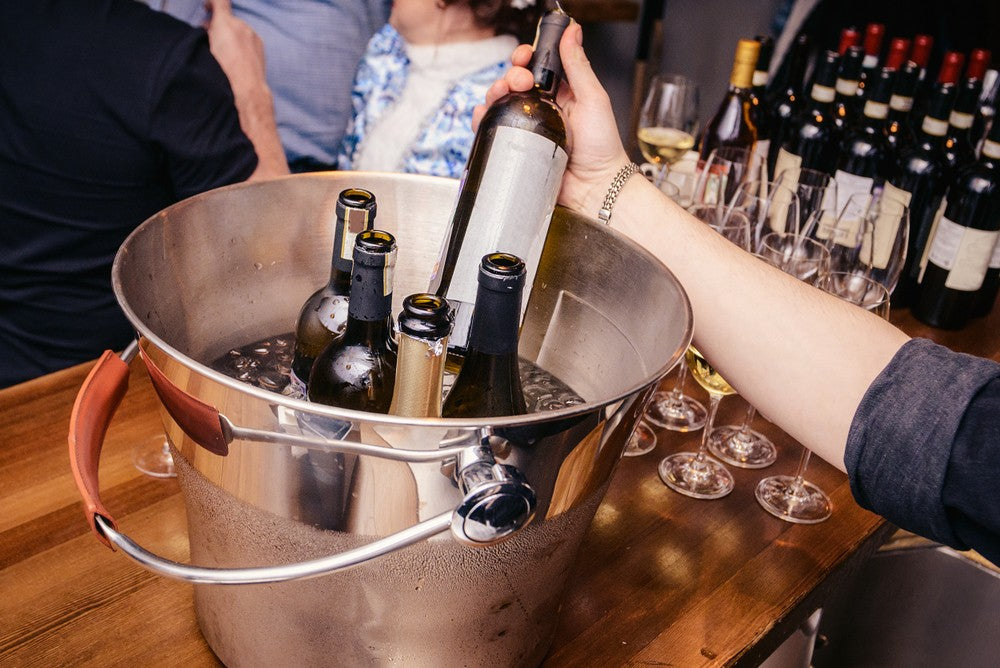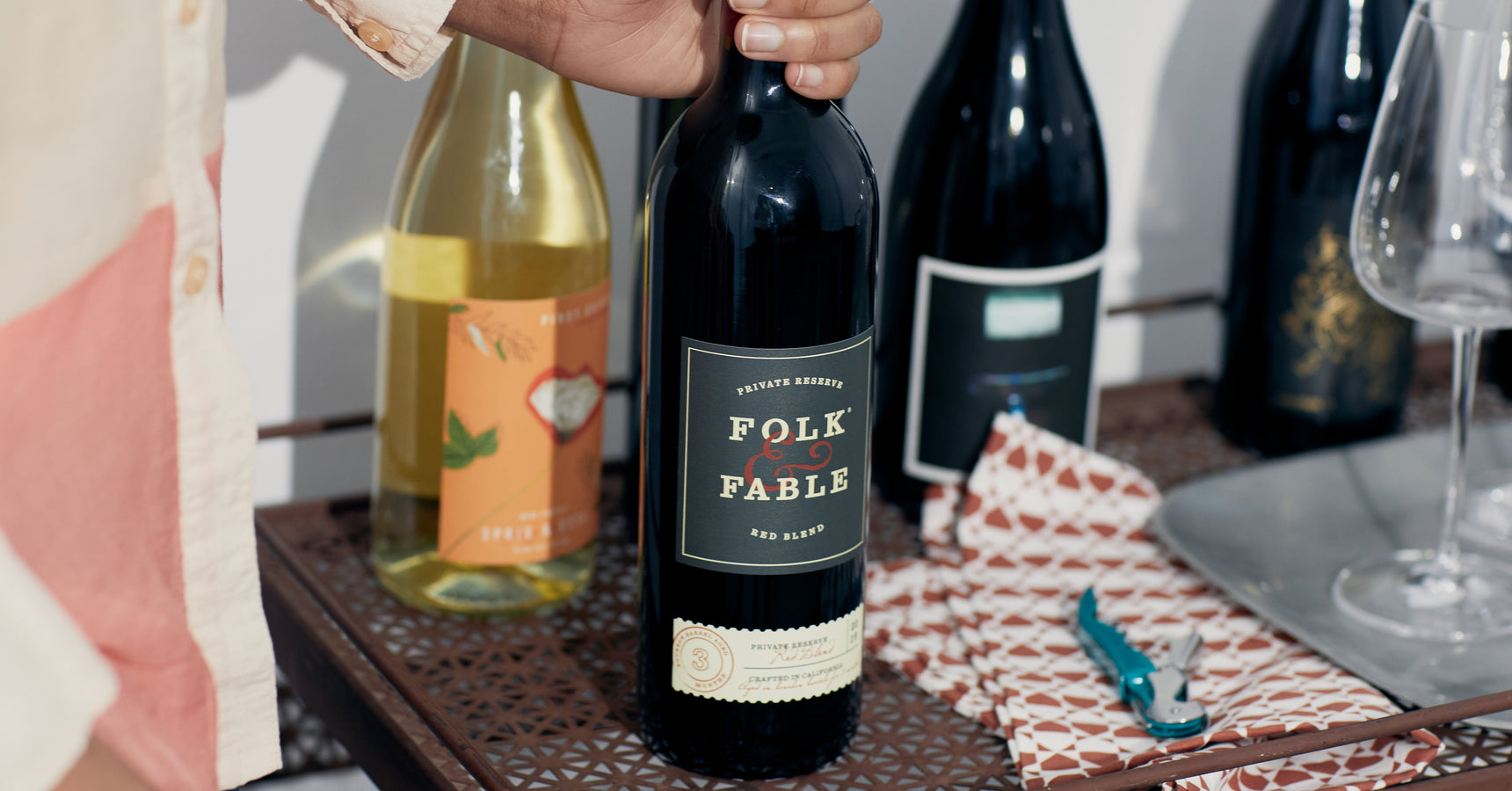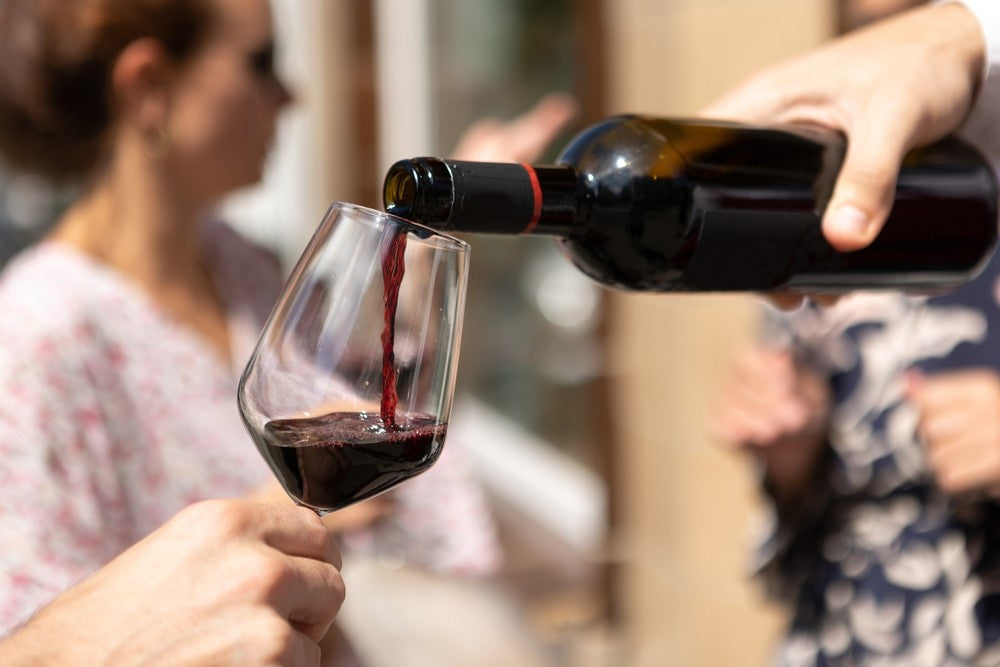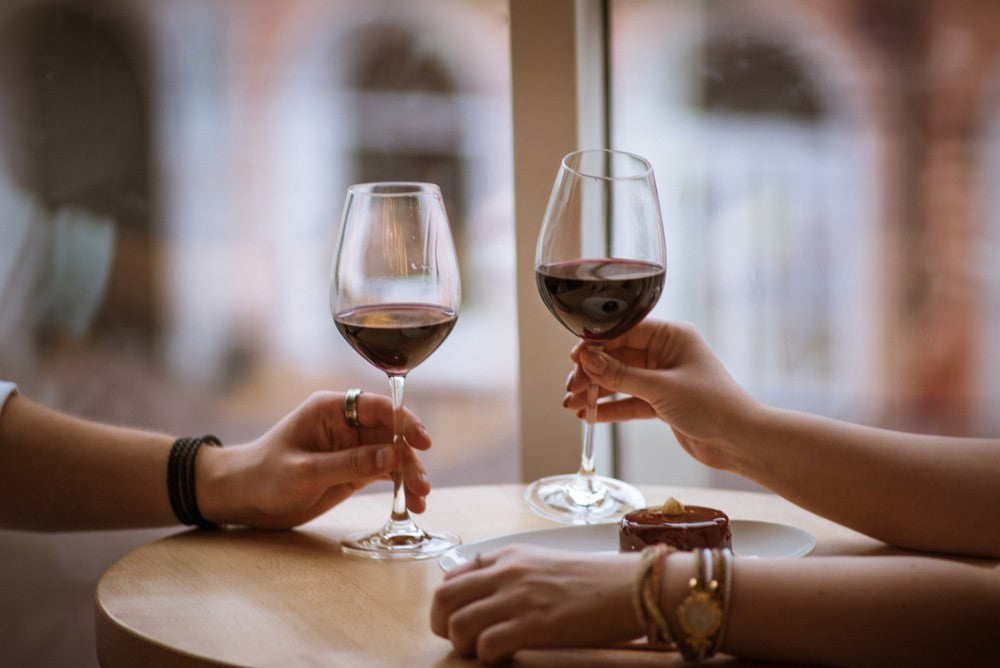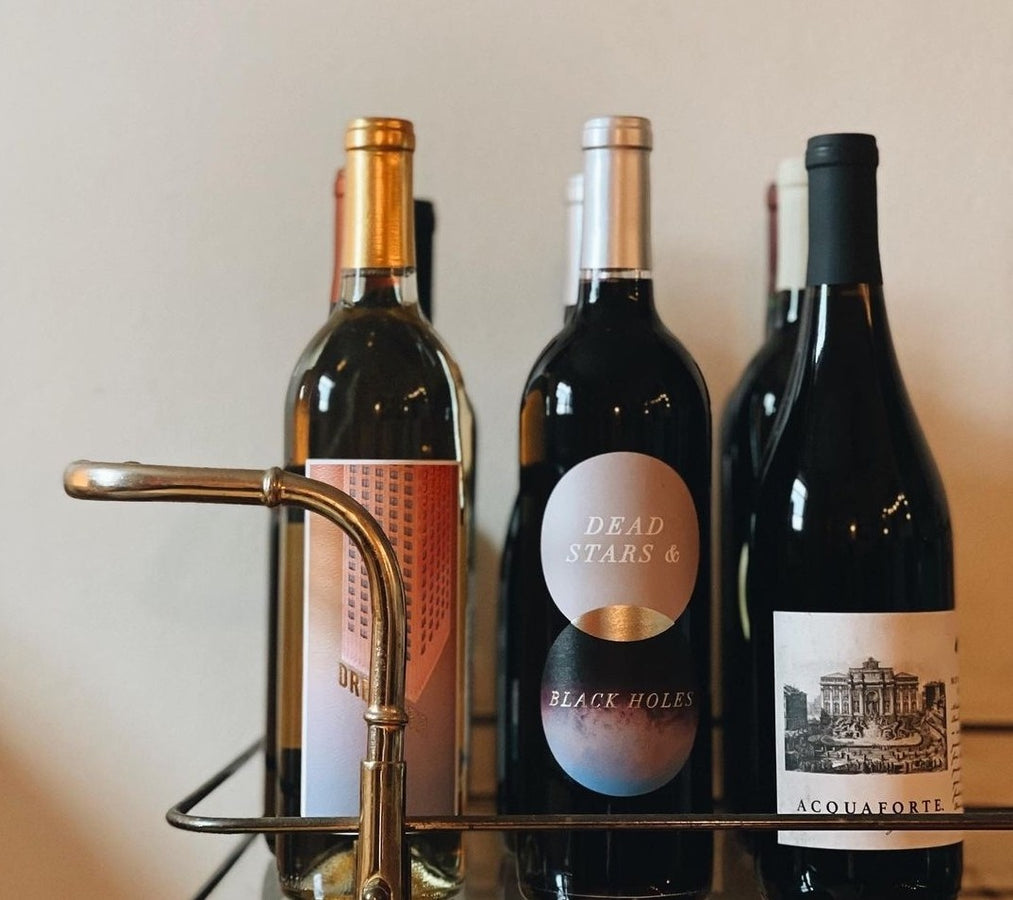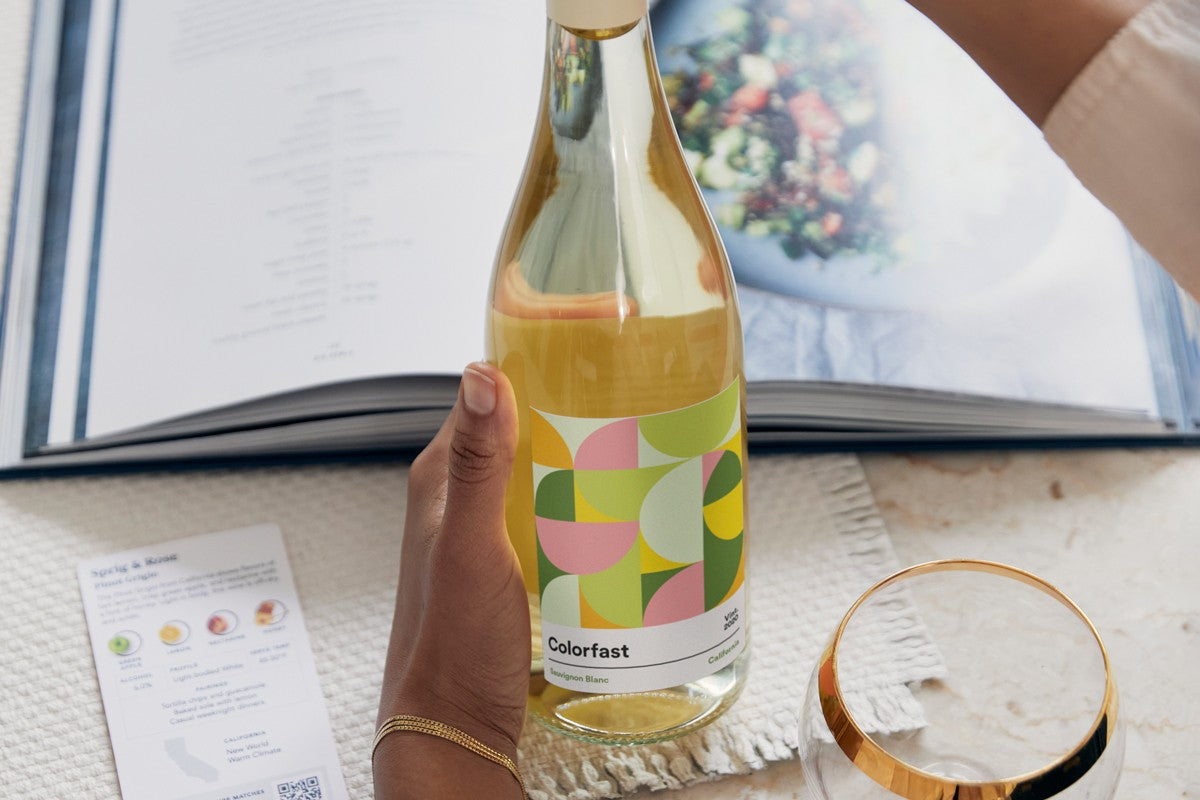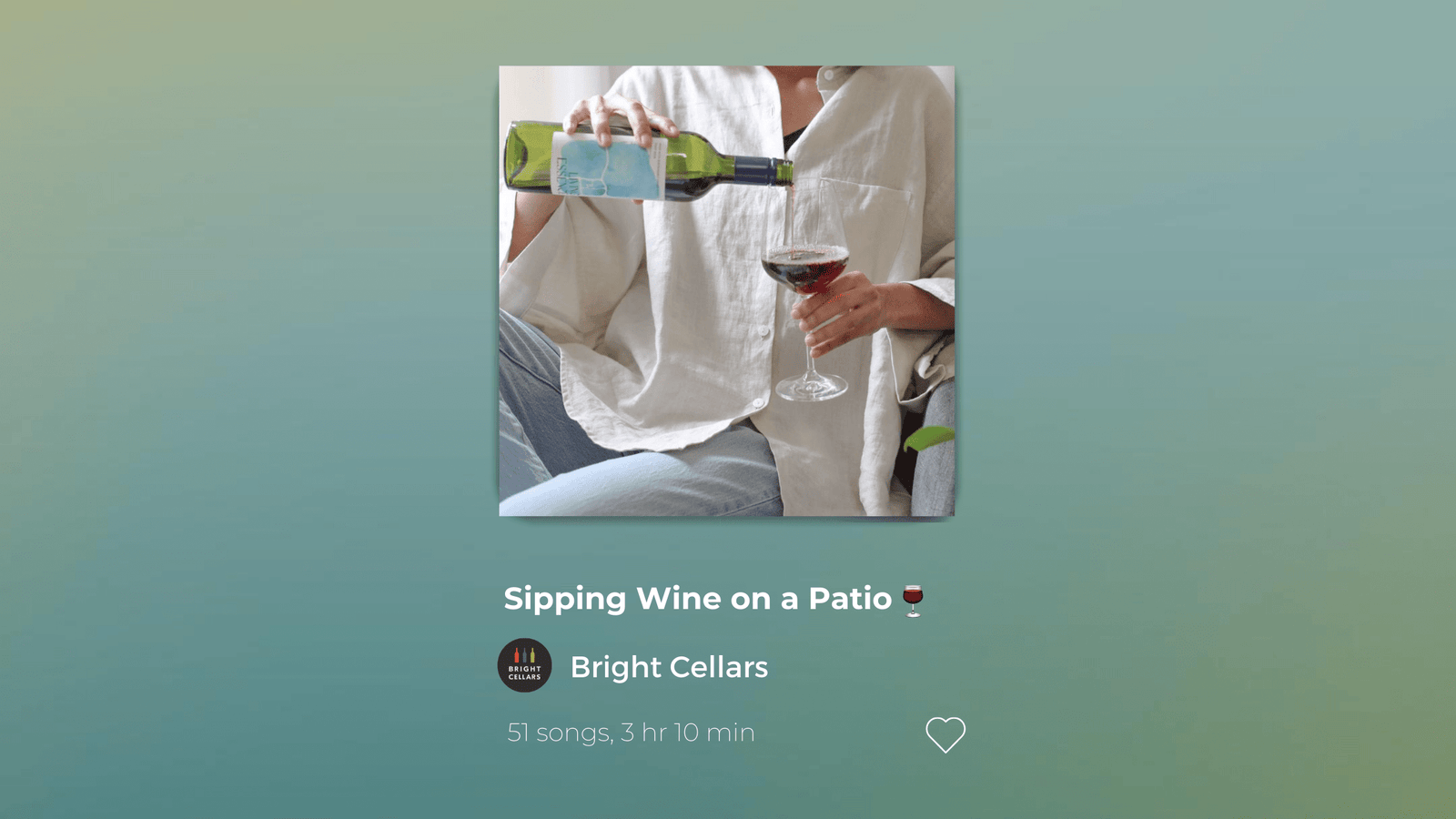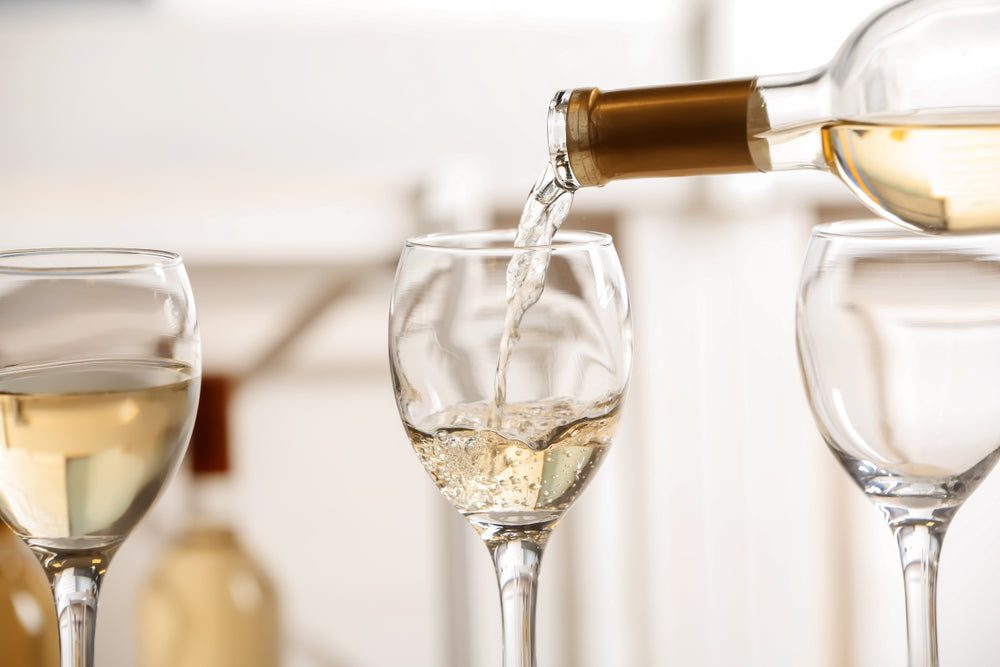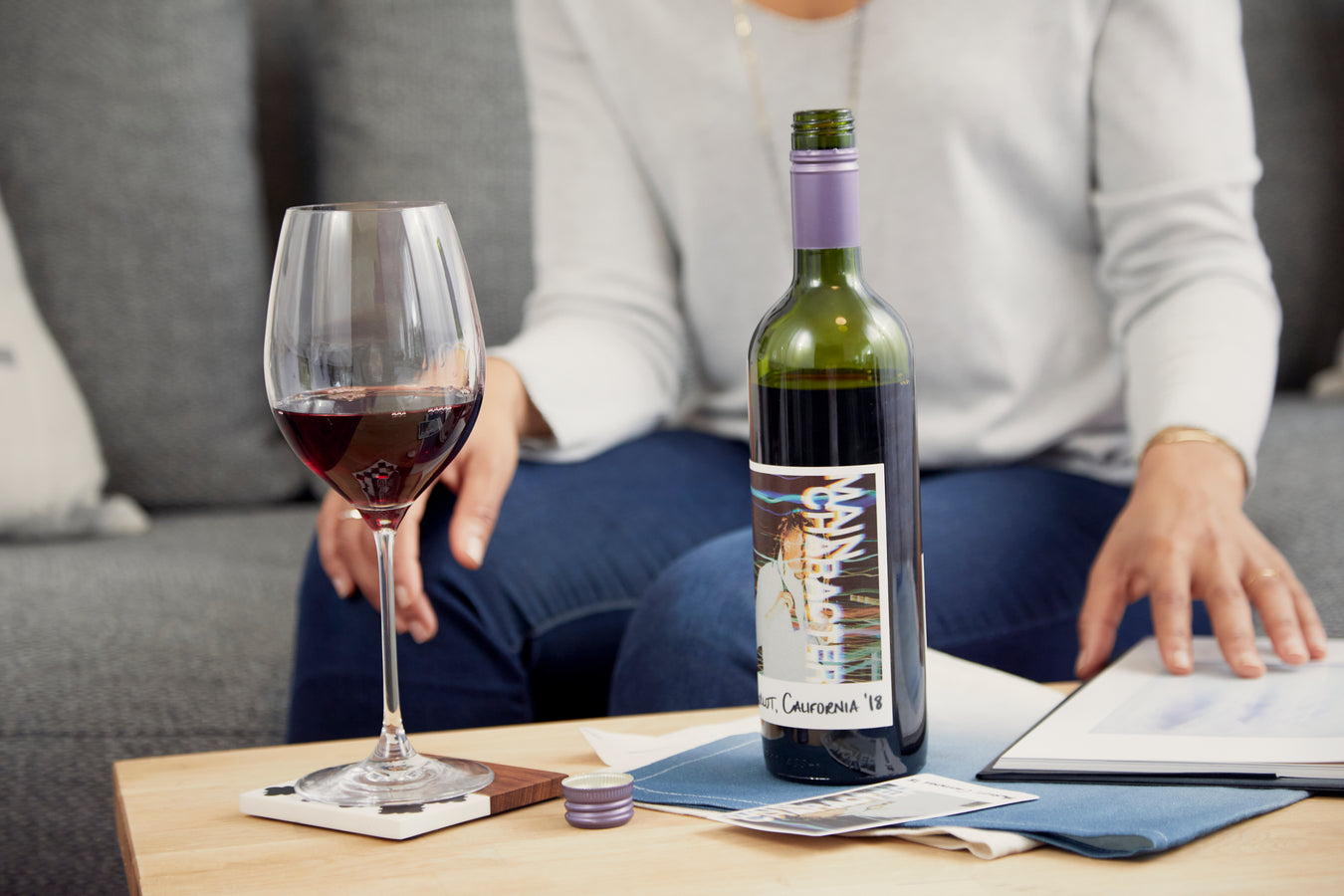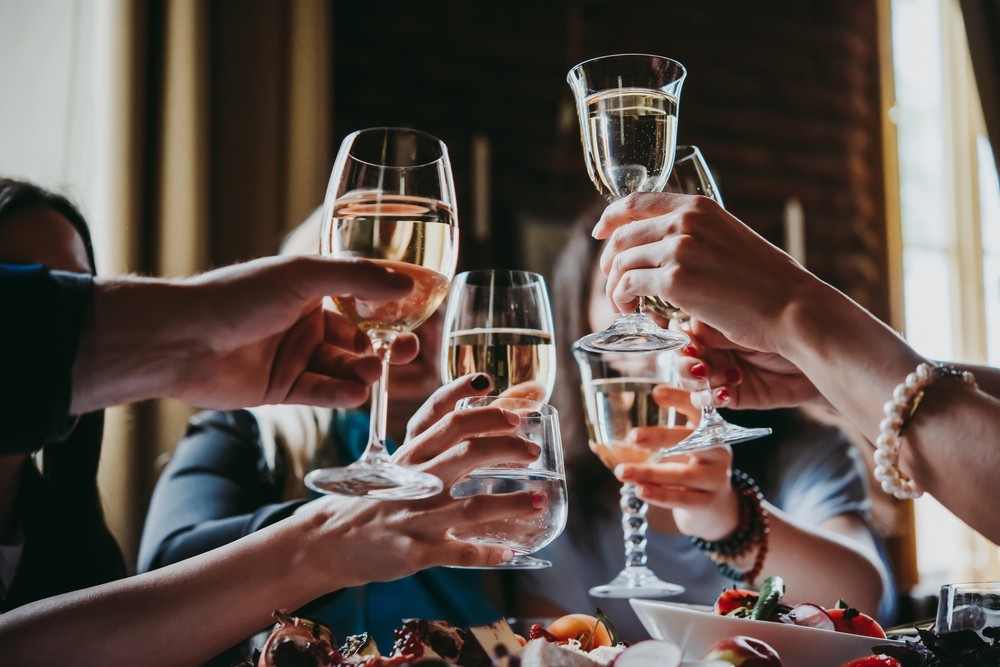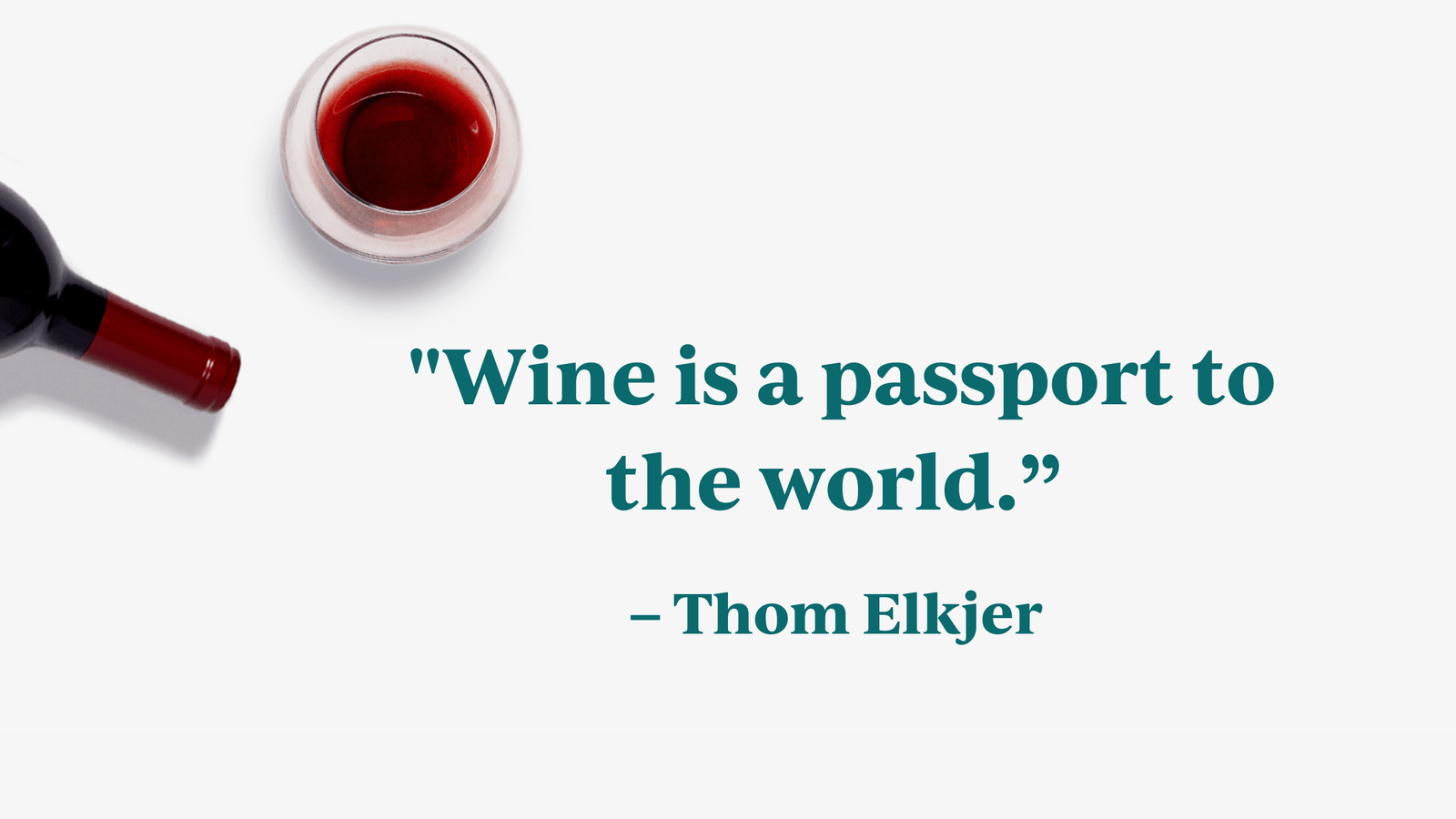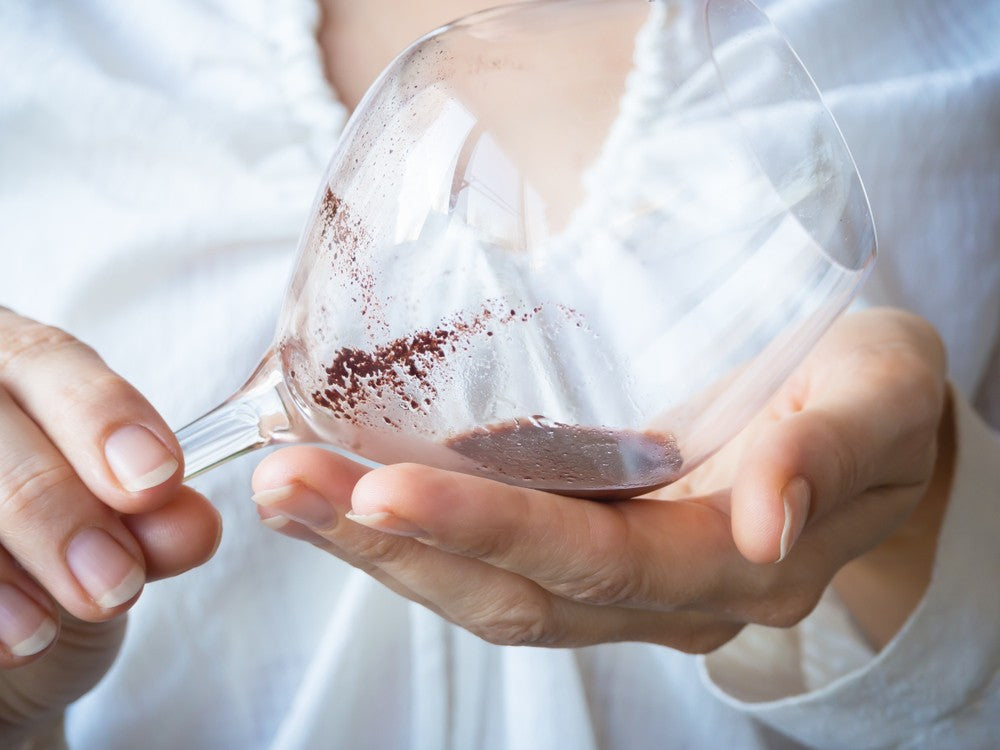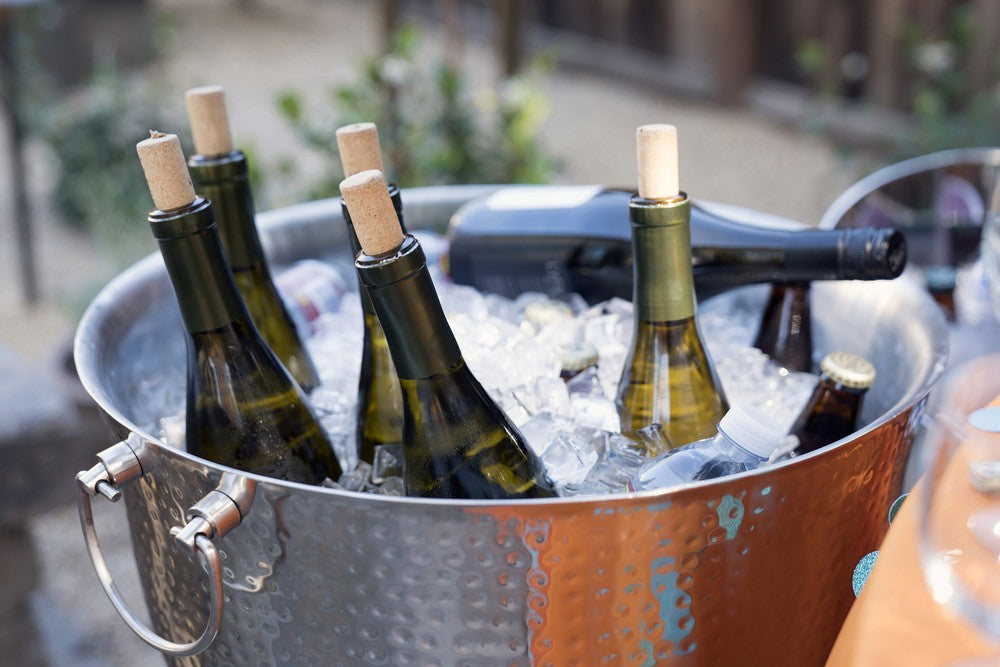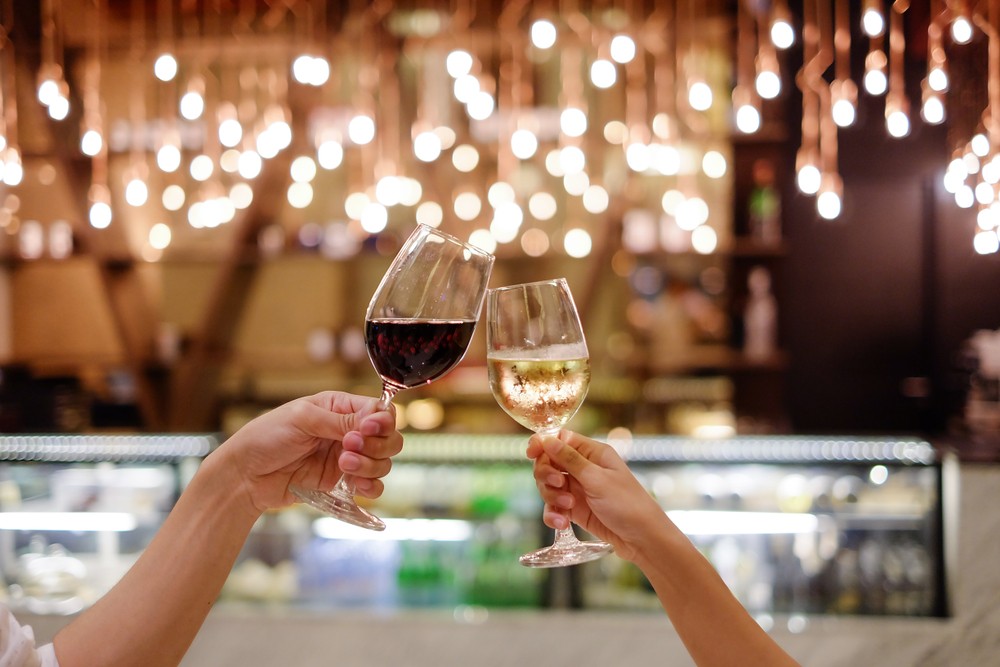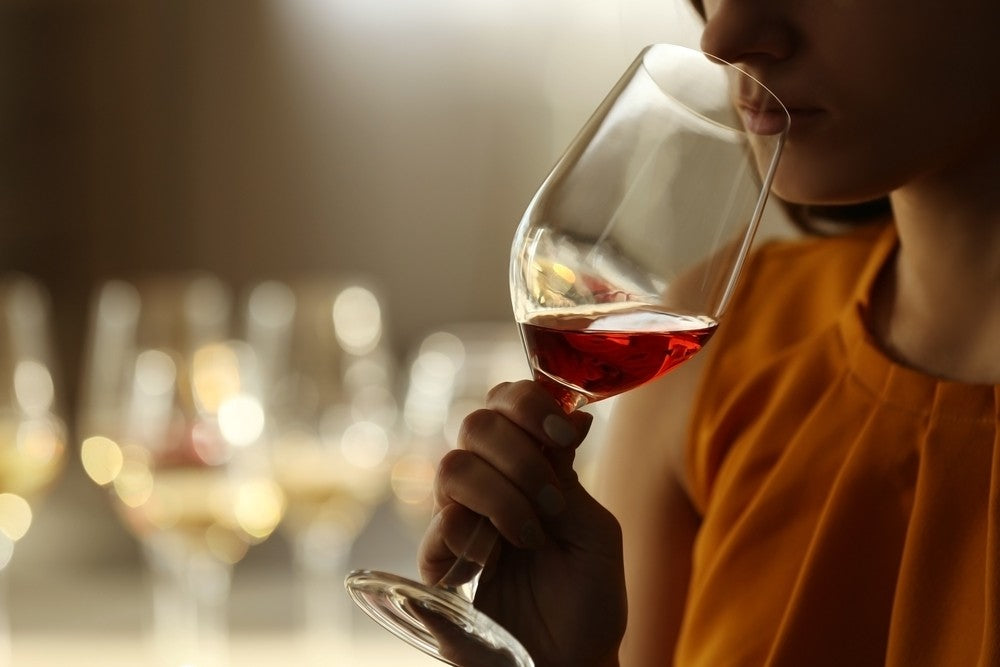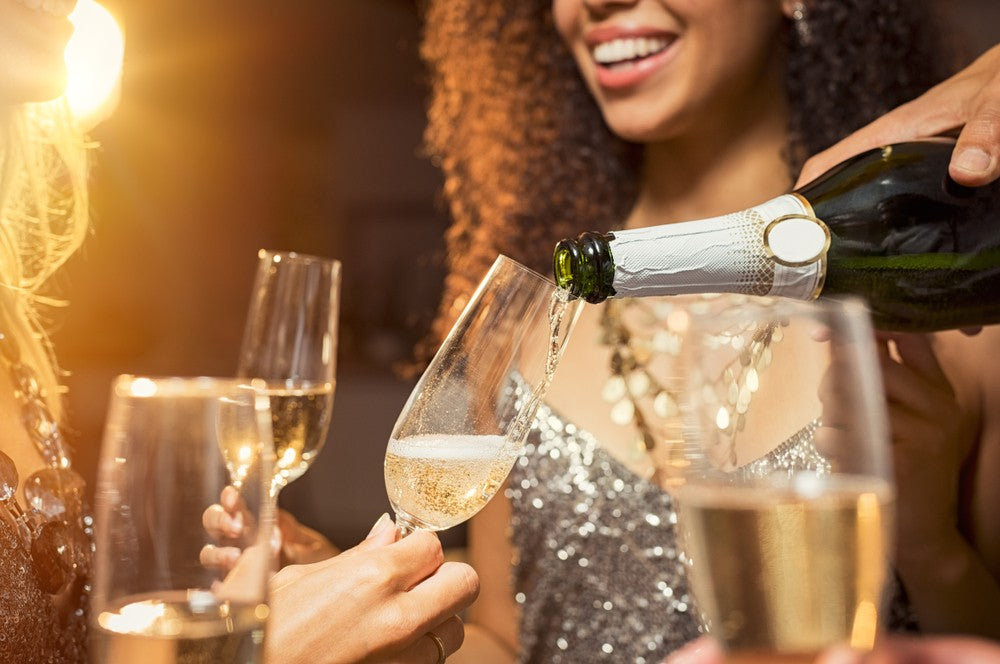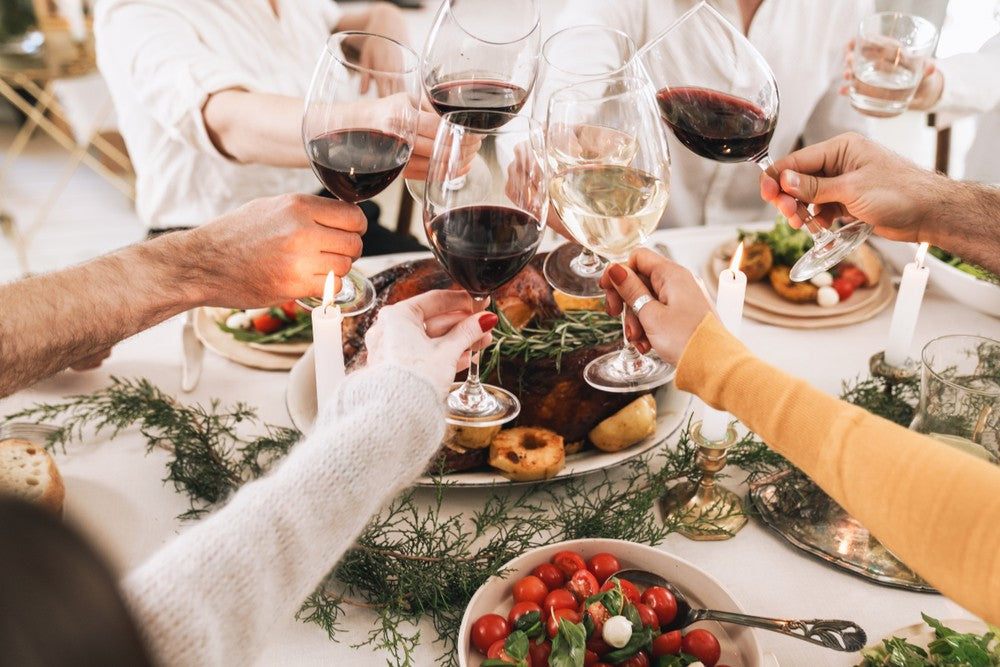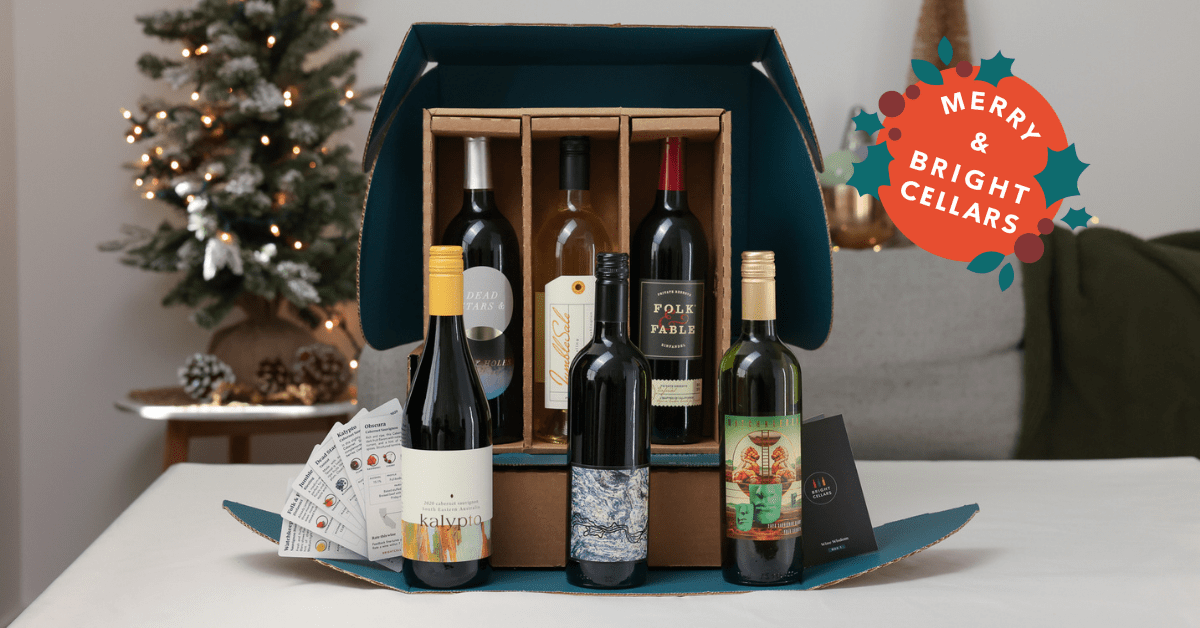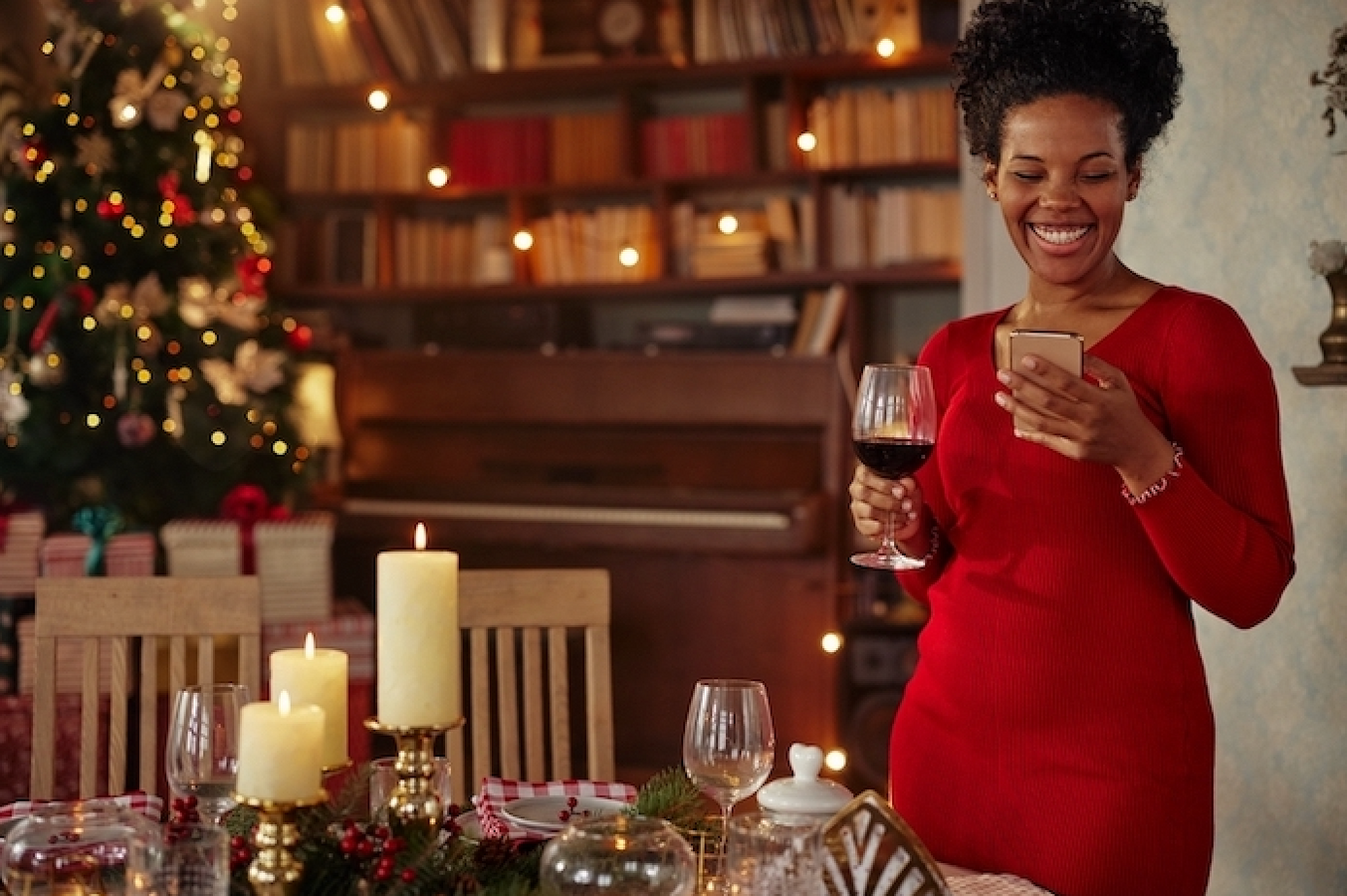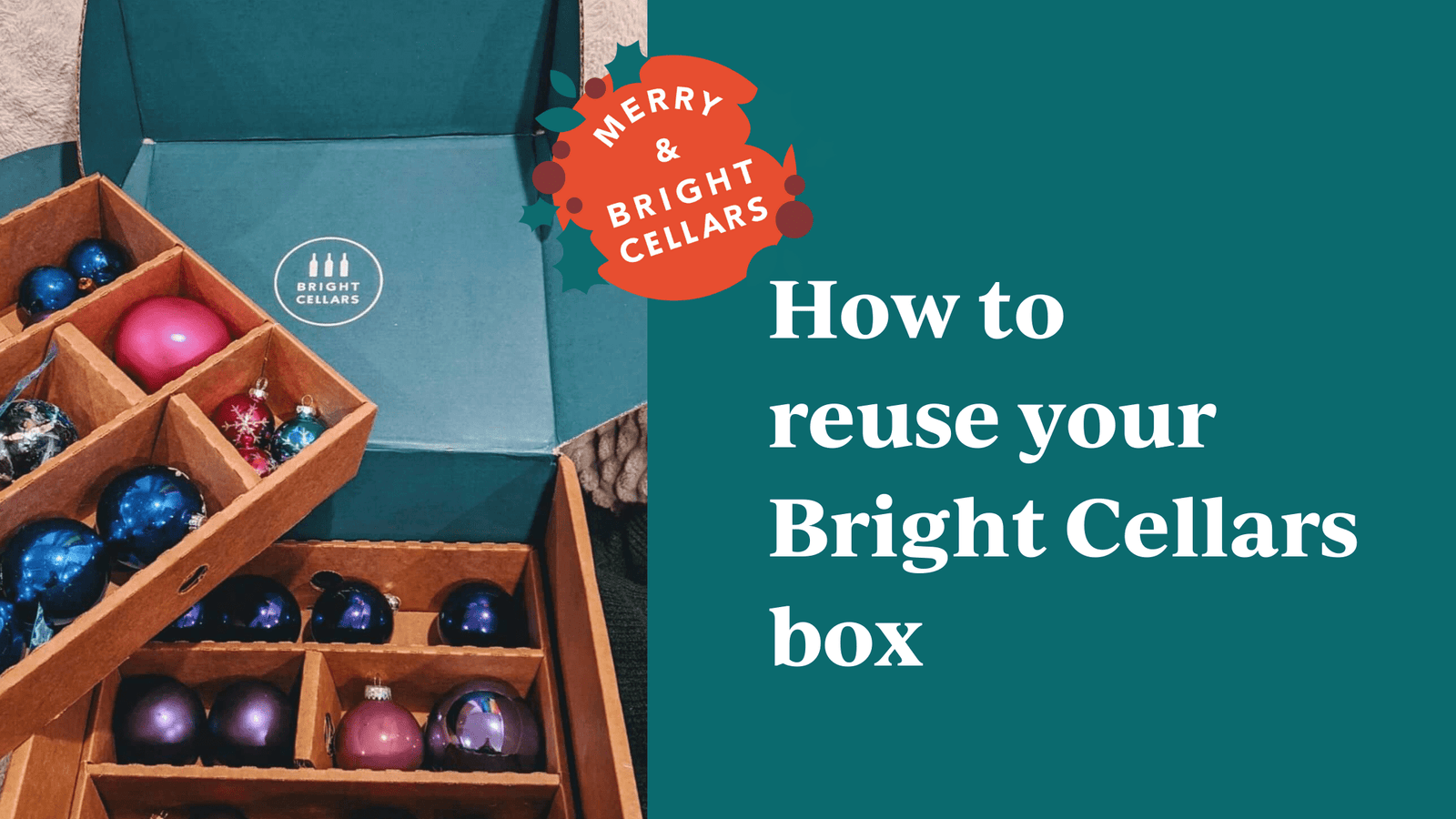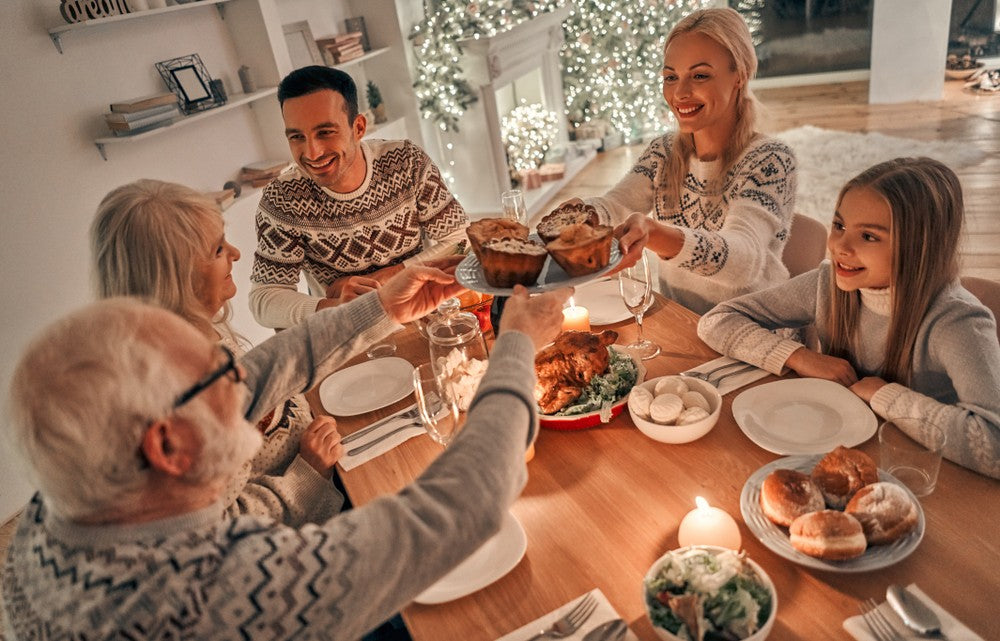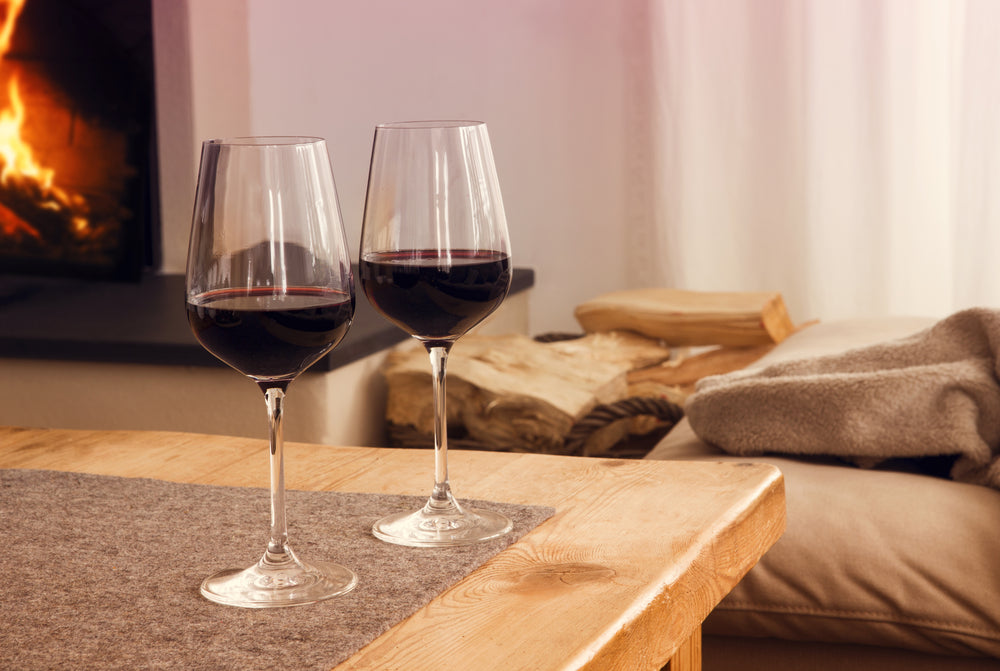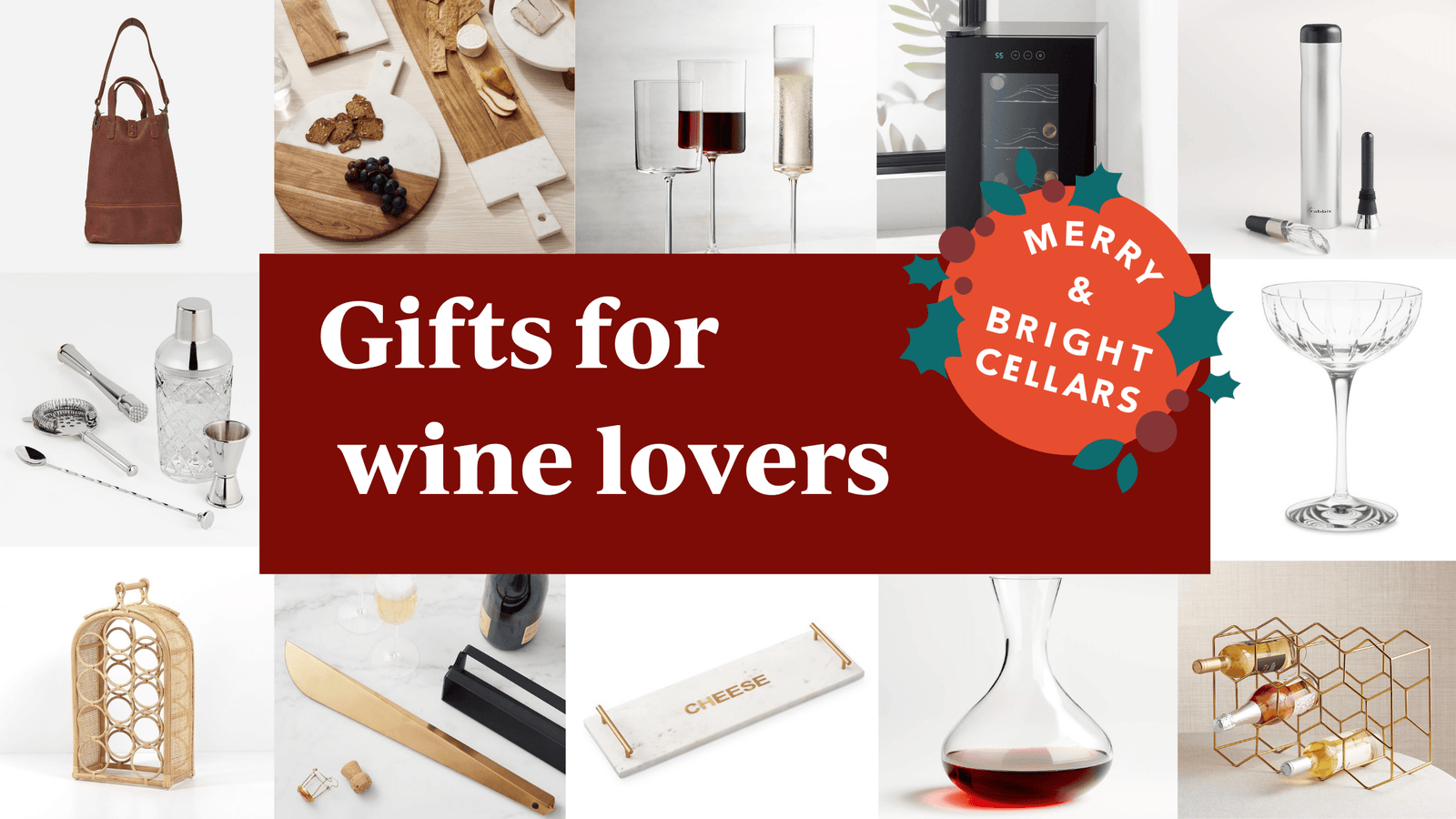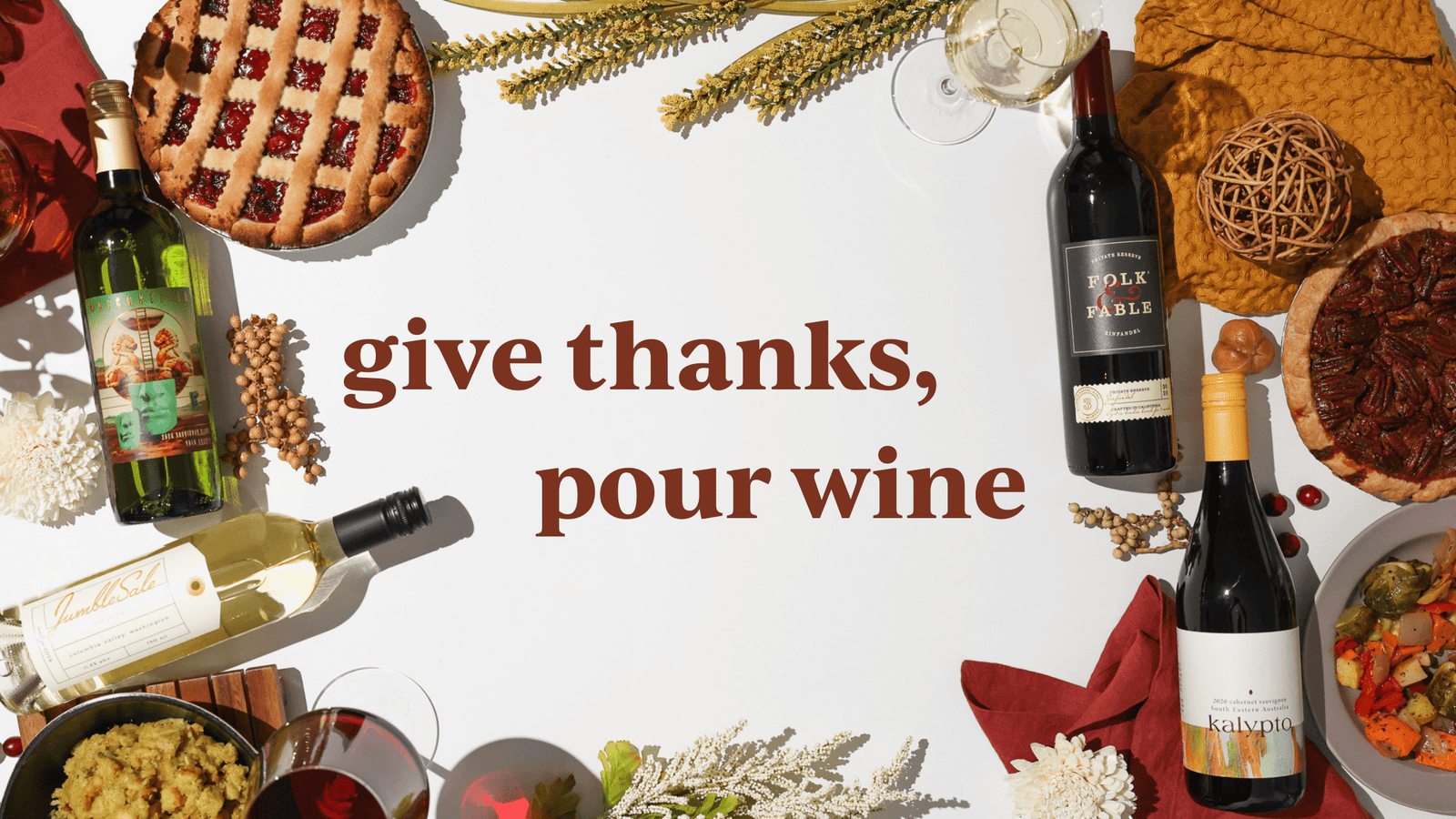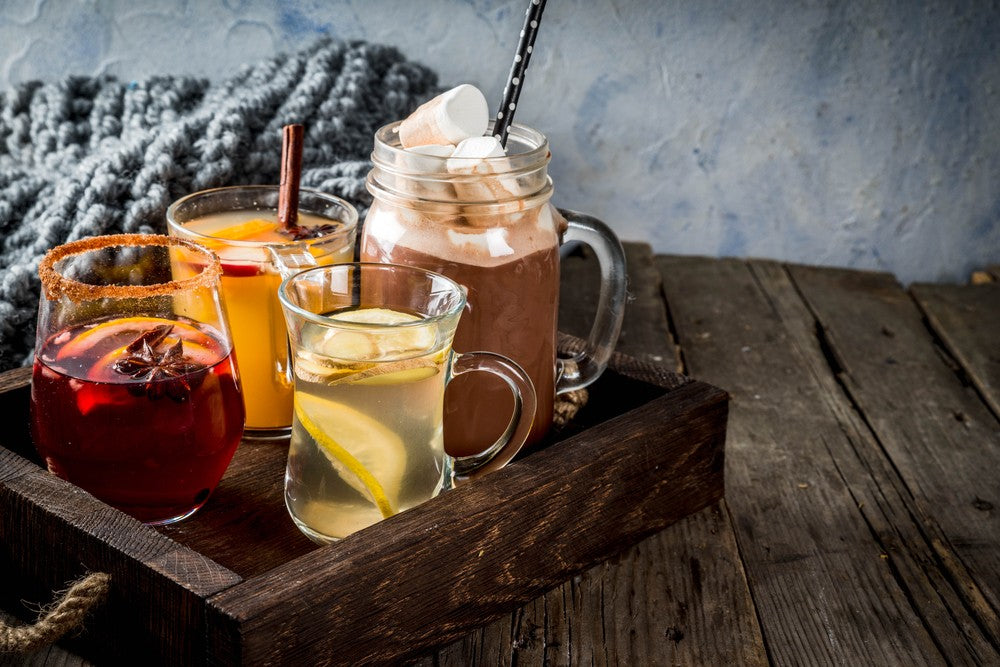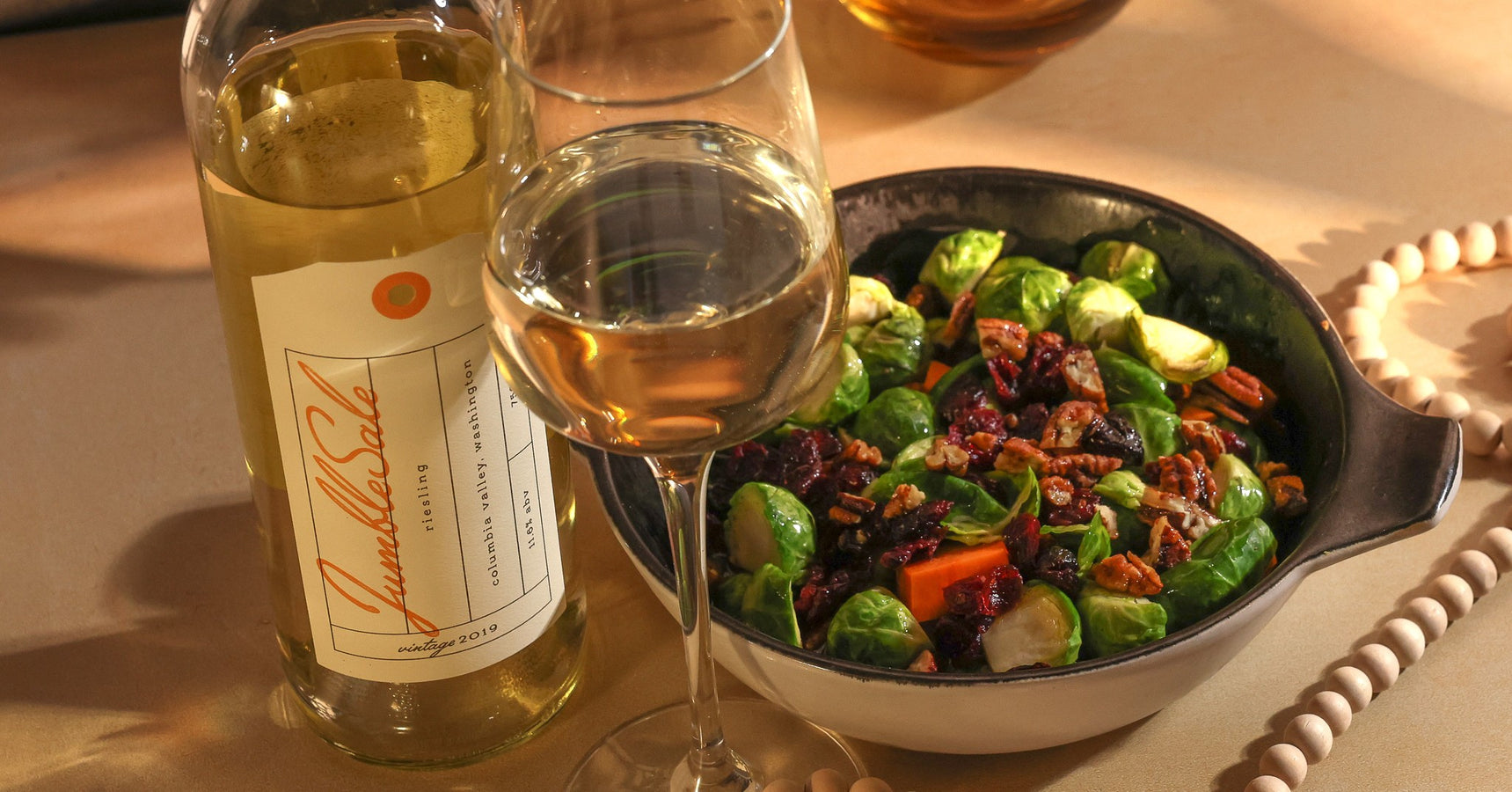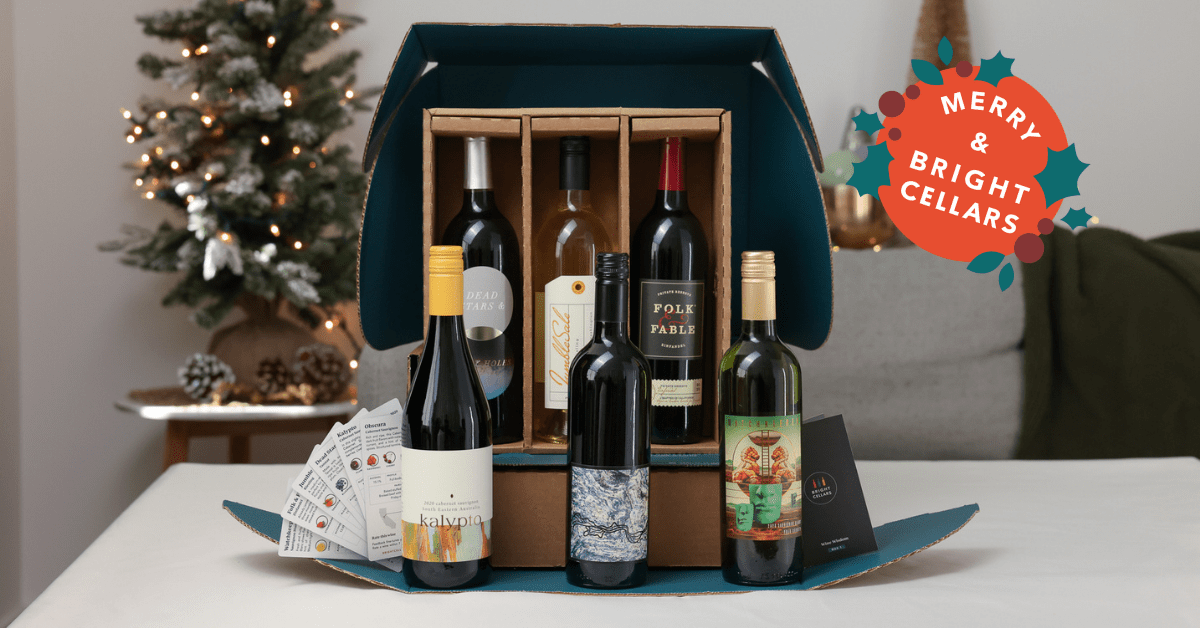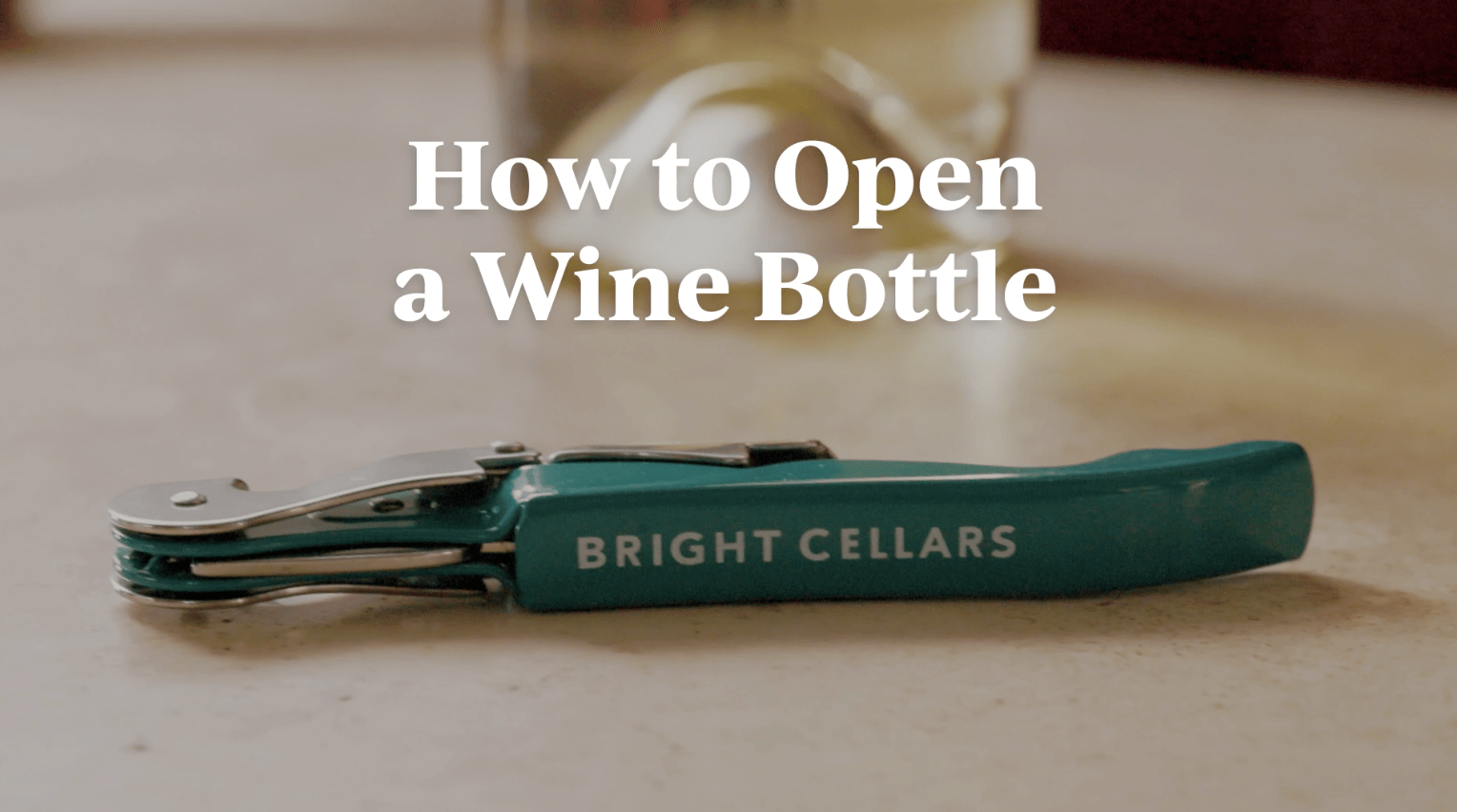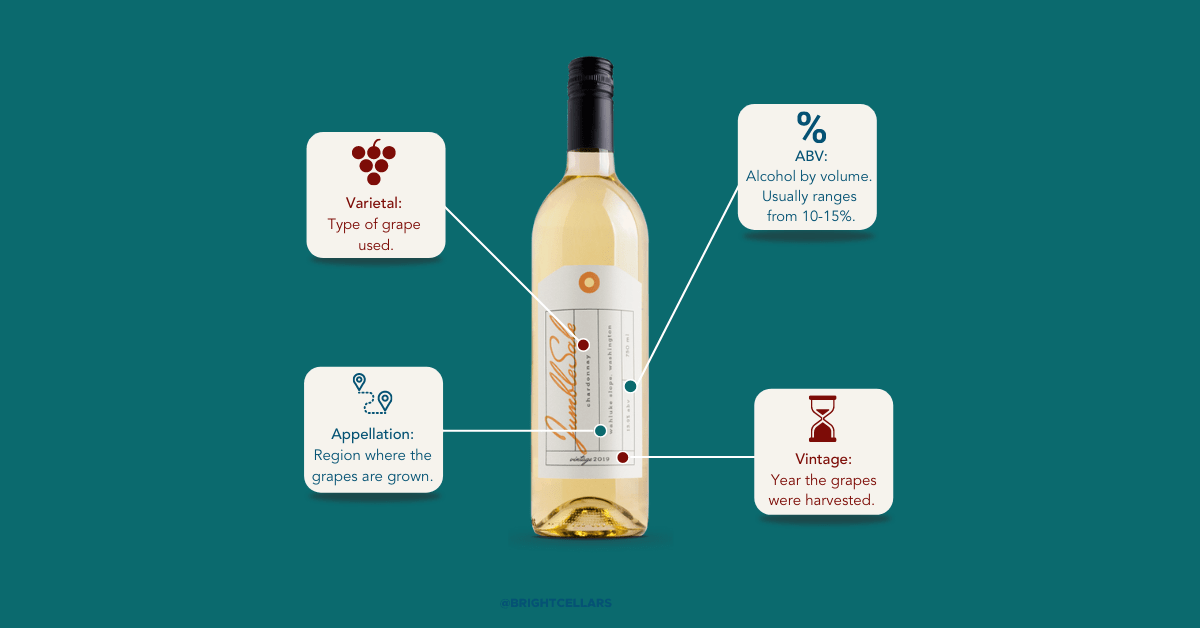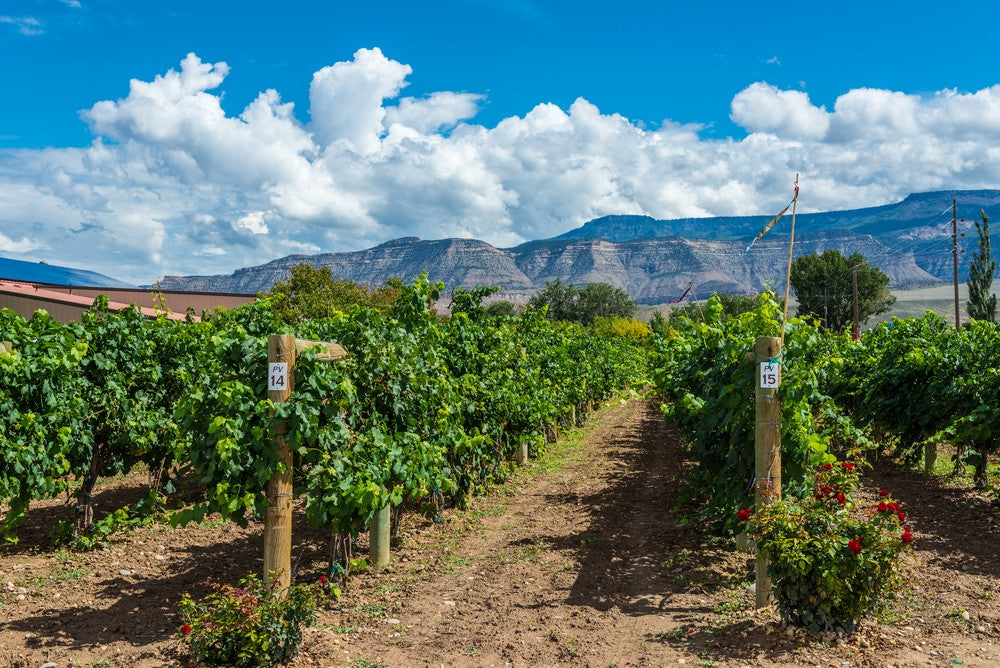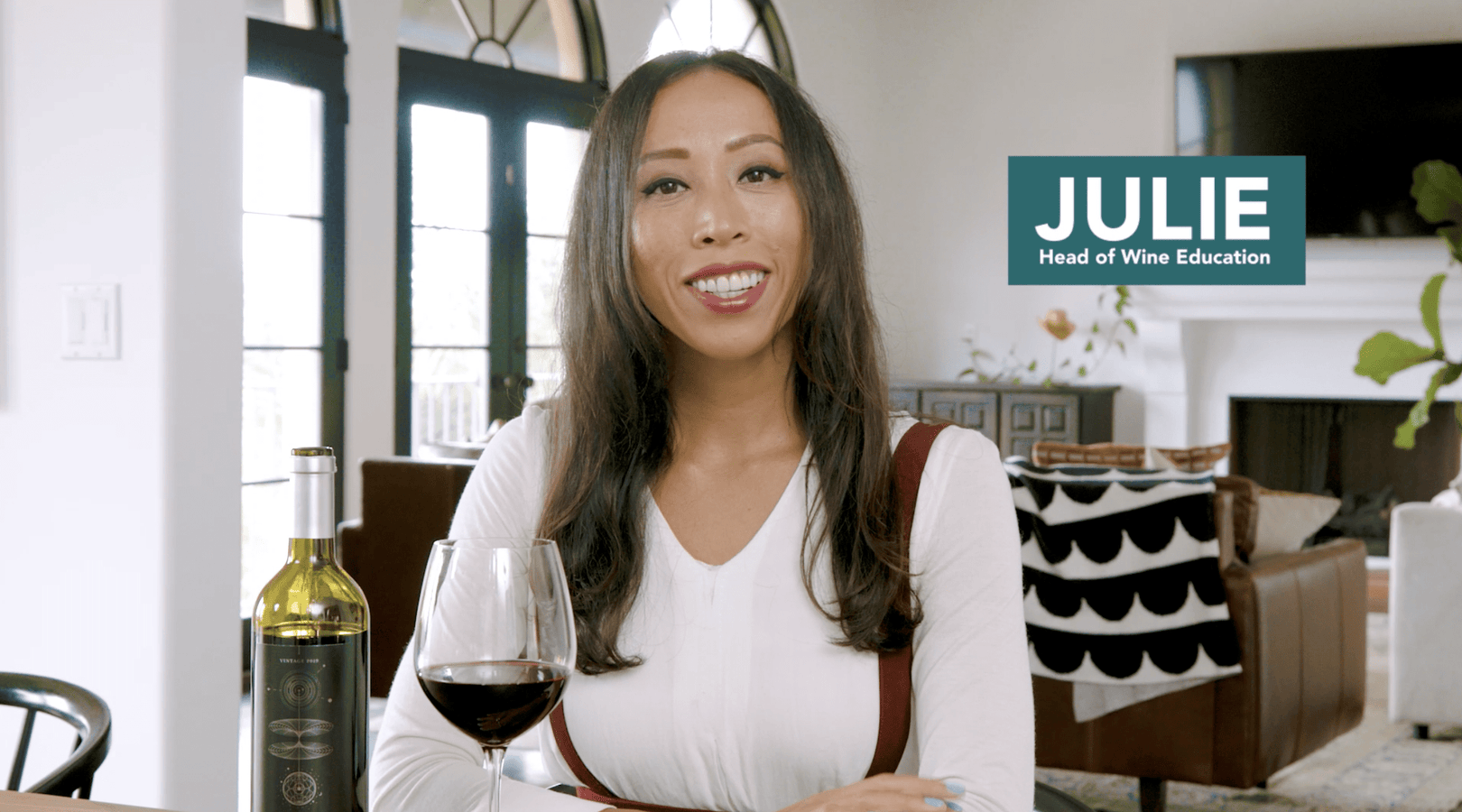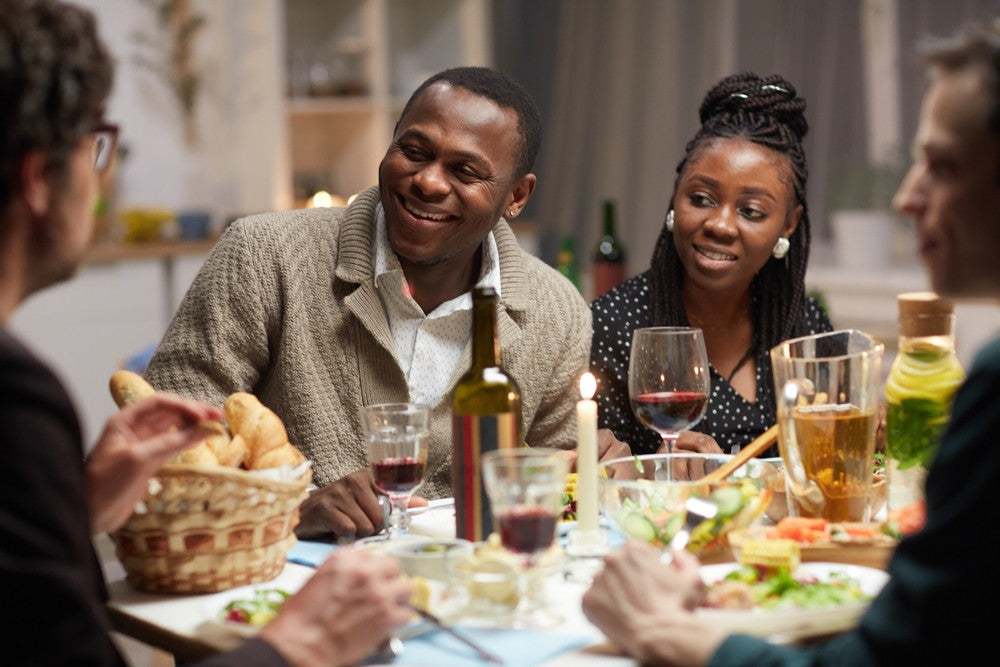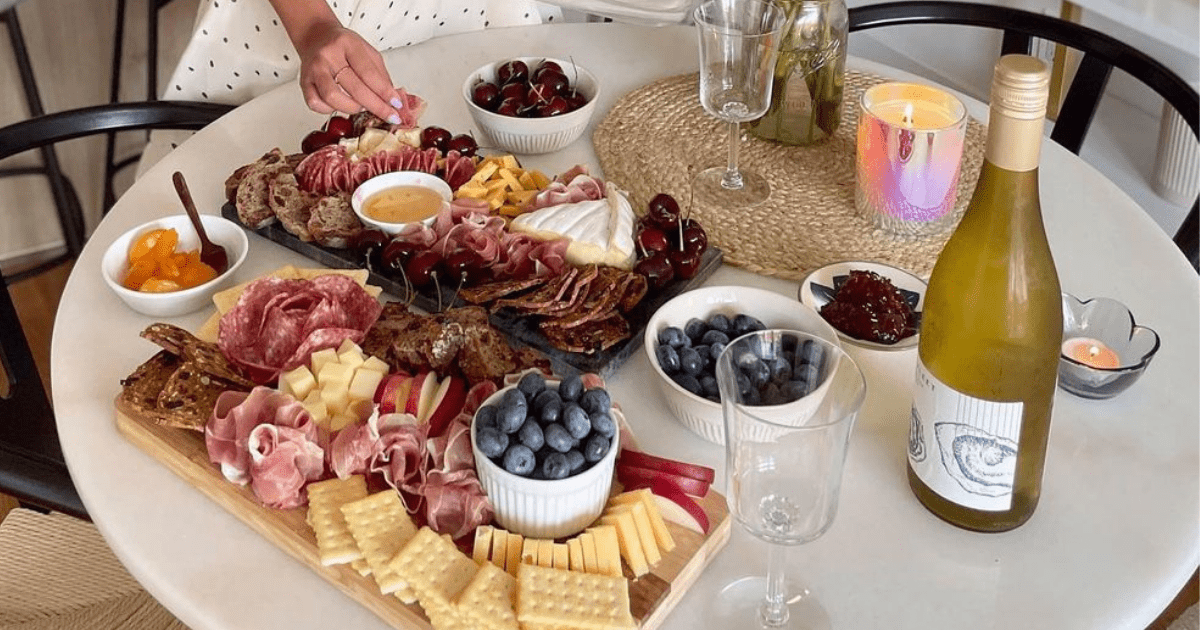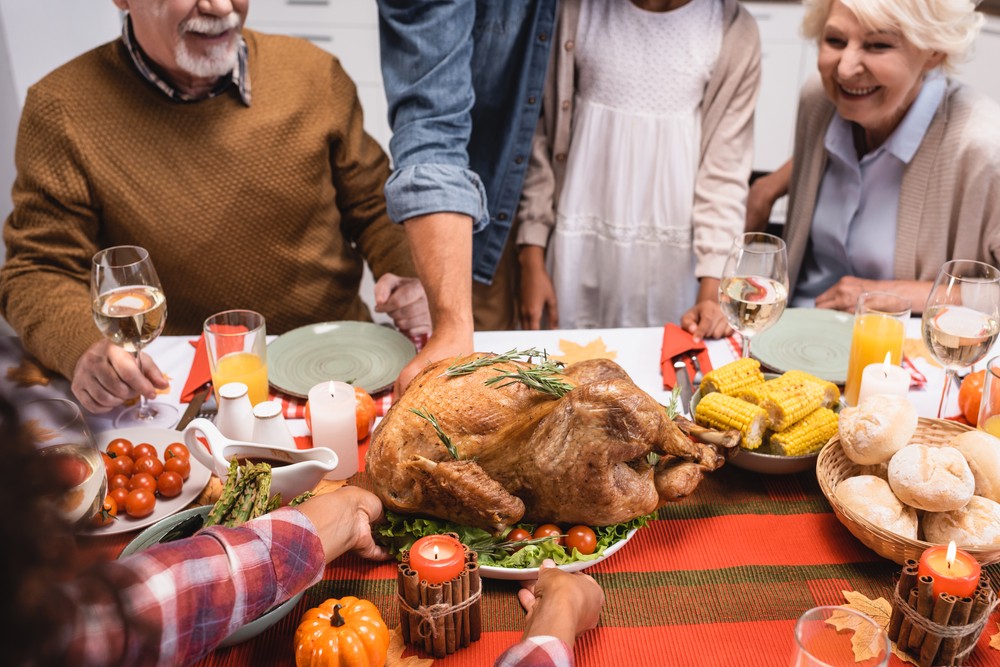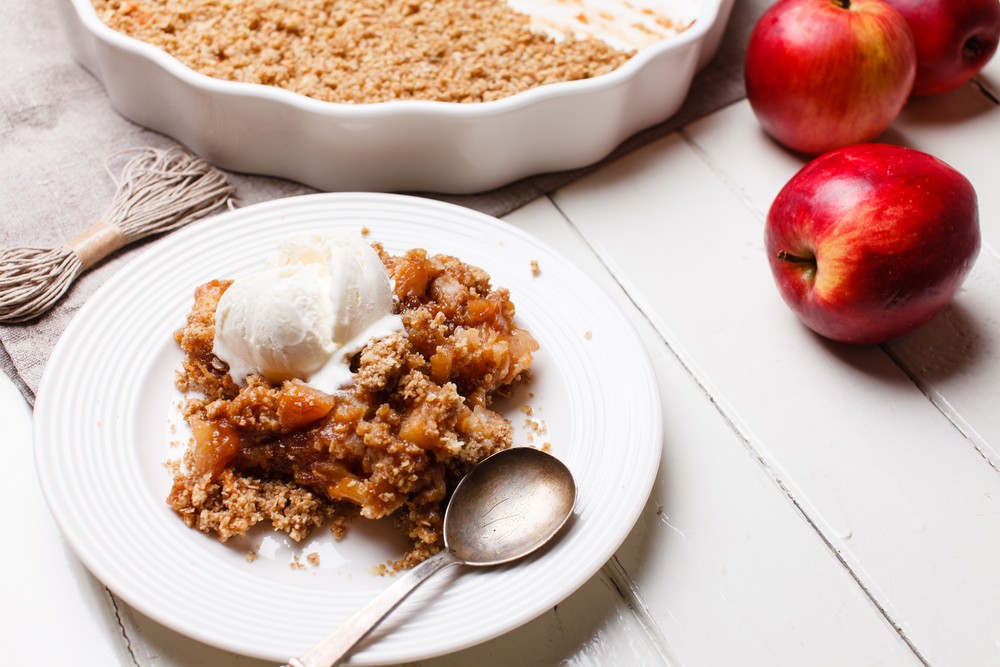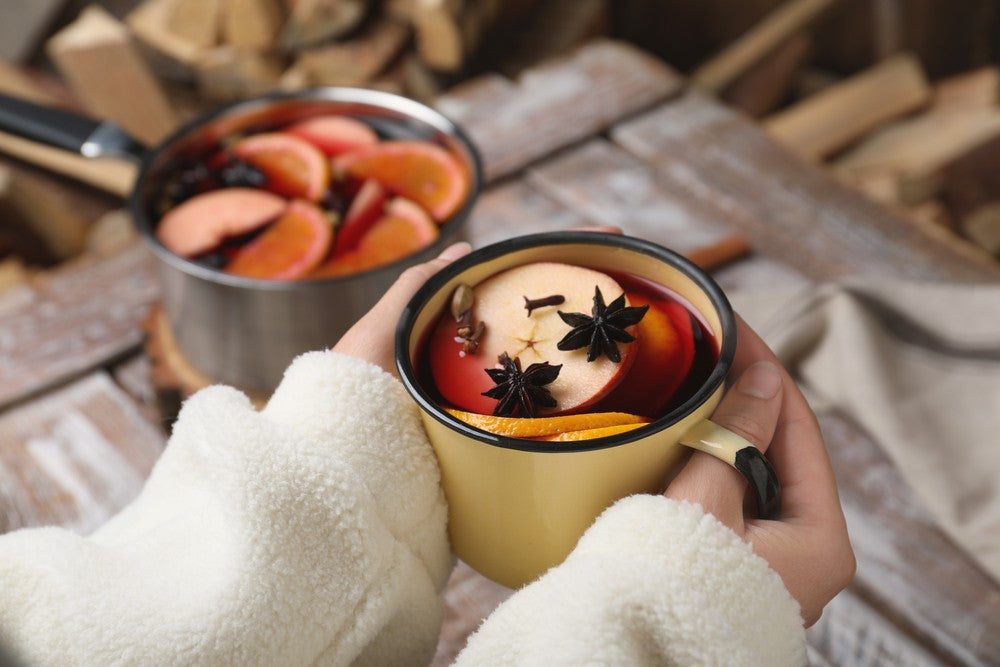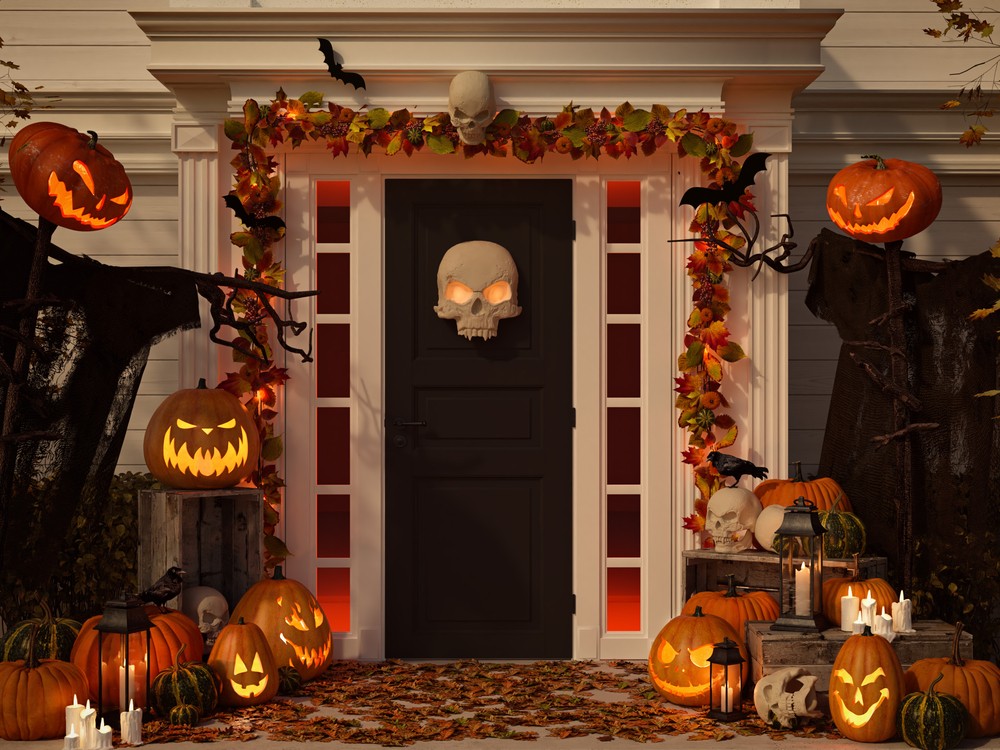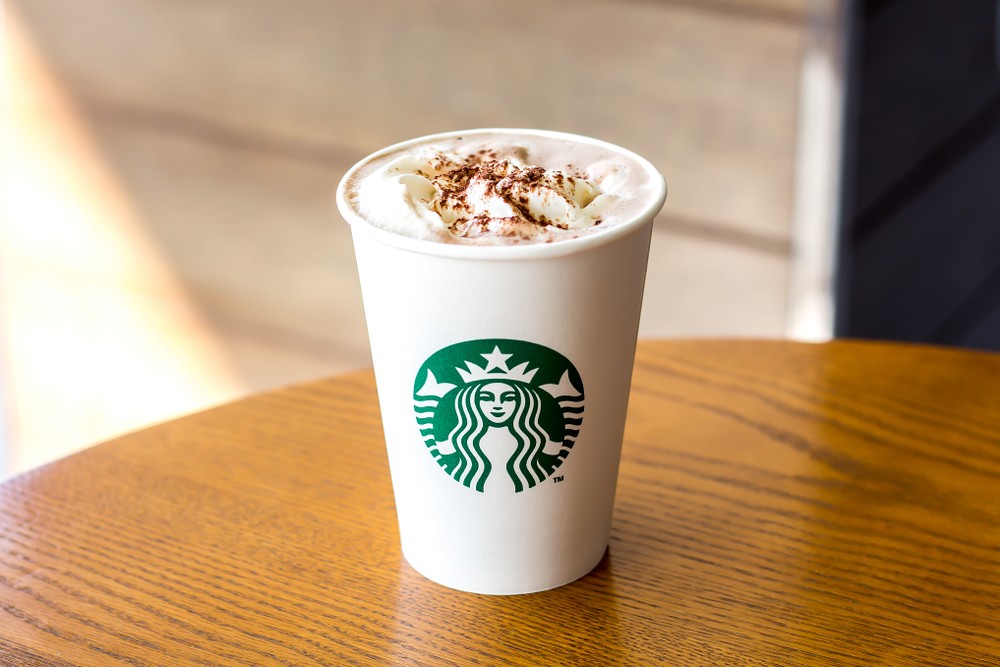
You may be wondering about the best way to store your wine before you’re ready to drink it. Does light affect wine? Great question! The answer may surprise you.
Here’s the thing. Wine can be a little finicky and the best storage methods may seem a little counterintuitive. For instance, did you know that you shouldn’t store wine bottles upright – even though that’s what the sturdy base and orientation of the label seem to suggest?
It’s true. You should store bottles on their side before you open them.
What about light? Can exposure to light affect wine?
Unfortunately, yes. Too much light can, in fact, make your wine taste bad.
Don’t feel bad if you have a bottle right near a window with southern exposure. It’s totally common to make some rookie mistakes at first.
This guide will break down how light can damage wine and how you can store your bottles so they taste great when you’re ready to pop the cork.
What Light Can Do to Wine
Over time, direct sunlight and other forms of incandescent light – including fluorescent bulbs – can actually change the way wine tastes.
Basically, UV rays react with the phenolic compounds in wine, creating sulphurous compounds which smell and taste – in a word – awful. Damaged wine will taste like wet dog or rotten eggs.
(We know that wine tasting lingo can be a bit confusing – for instance, how a sommelier might say that a particular Sauvignon blanc has a note of “cat pee” and they mean it in a positive way. In this case, however, you don’t have to be an expert to know that damaged wine tastes bad.)
Wine that’s been tainted by light is called light-struck. And unfortunately, the damage can’t be undone. So, the key to storing wine is to avoid wine faults in the first place.
Which Wines Are Susceptible to Light?
Light can affect any kind of wine, but white wines are at the greatest risk.
Why is that?
First, white wine is more likely to be found in clear bottles. Dark green bottles – which are commonly used for red vino – help to protect wine from the harmful effects of light.
Plus, the tannins in red wine help to minimize the impact of light exposure. White wine, however, has very low tannins.
Tips for Storing Wine
Ideally, you want to avoid storing wine in a place that gets direct rays, or much light at all. In general, wine lasts the longest when stored in a cool, dry place with a consistent temperature. But you don’t need a fancy subterranean wine cellar to enjoy a bottle of wine.
We also don’t think you need to hide your wine. In fact, we think it’s good to keep your wine somewhere you can see it so you know what you have on hand. A shelf or rack that doesn’t receive much direct light is the safest bet.
If you’re able to install a particular kind of lighting for your wine storage area or cellar, LED lighting is best. That’s because LED light doesn’t emit UV rays or give off a lot of heat.
Thankfully, LED lighting is a pretty great choice anyway because it’s energy efficient, long lasting, and cost effective.
In Vino Finito
Storing wine correctly will help it last longer. Just remember that – unless a particular bottle is meant to be aged – most wine you’ll get is meant to be consumed within a year.
